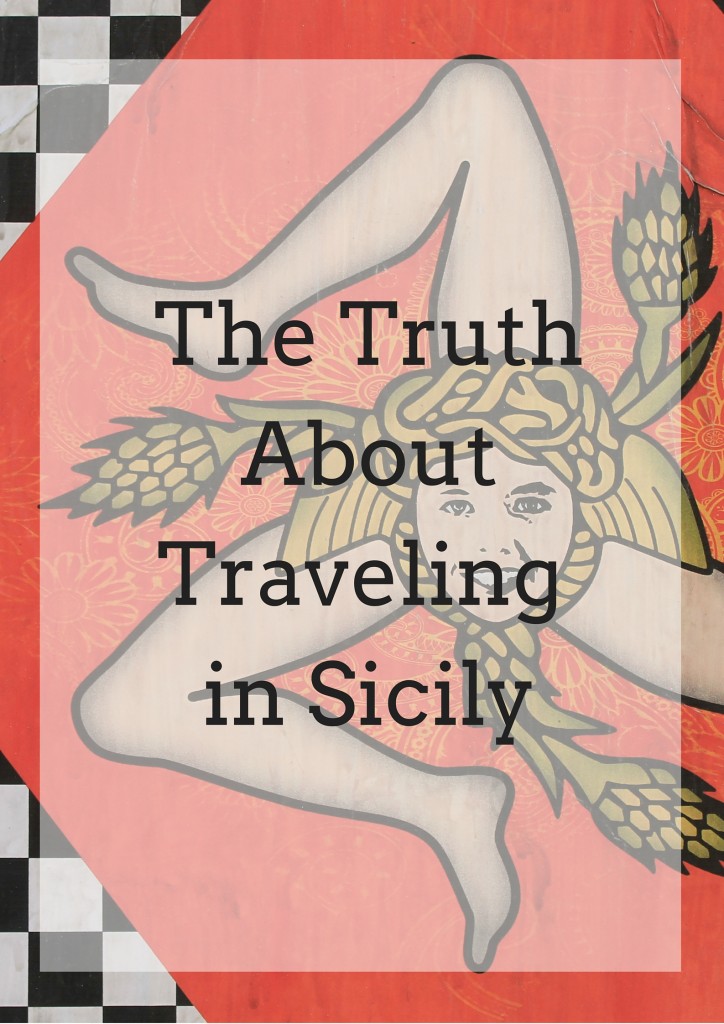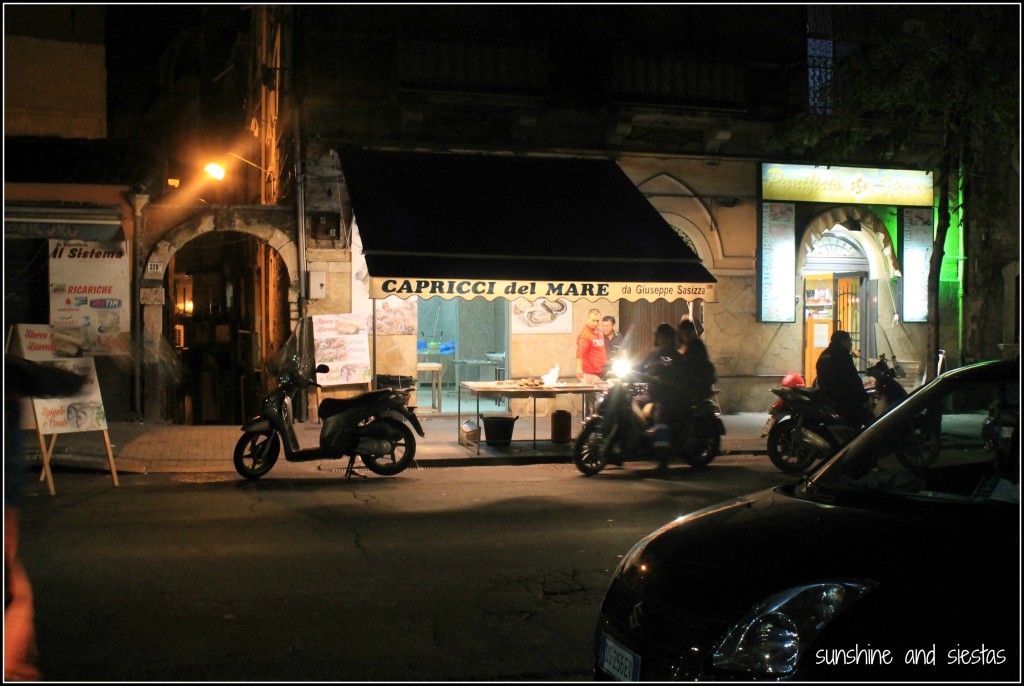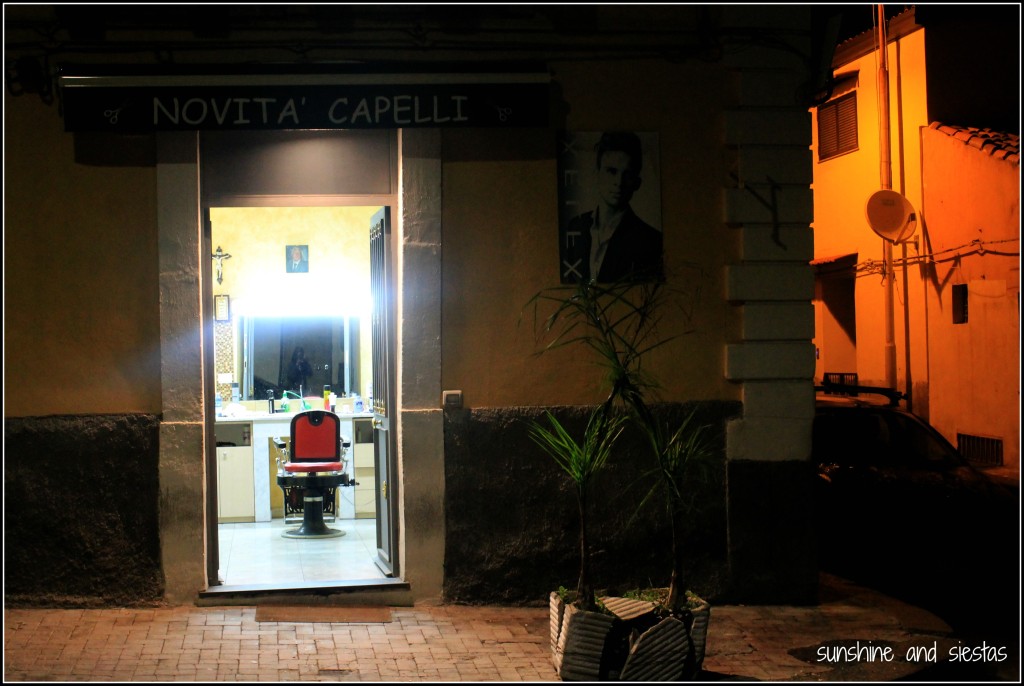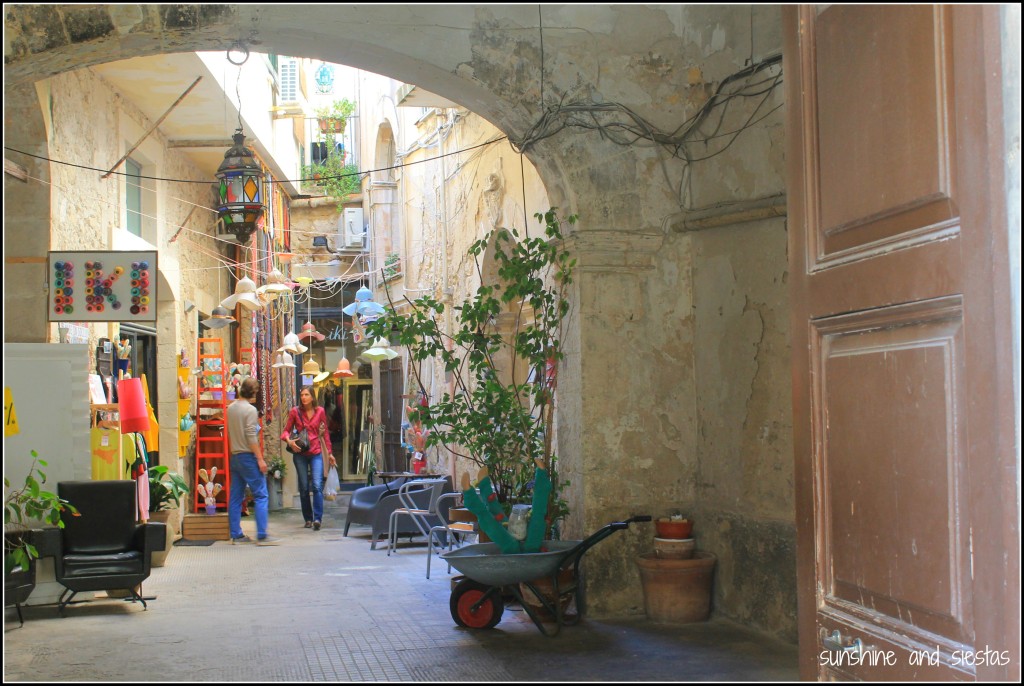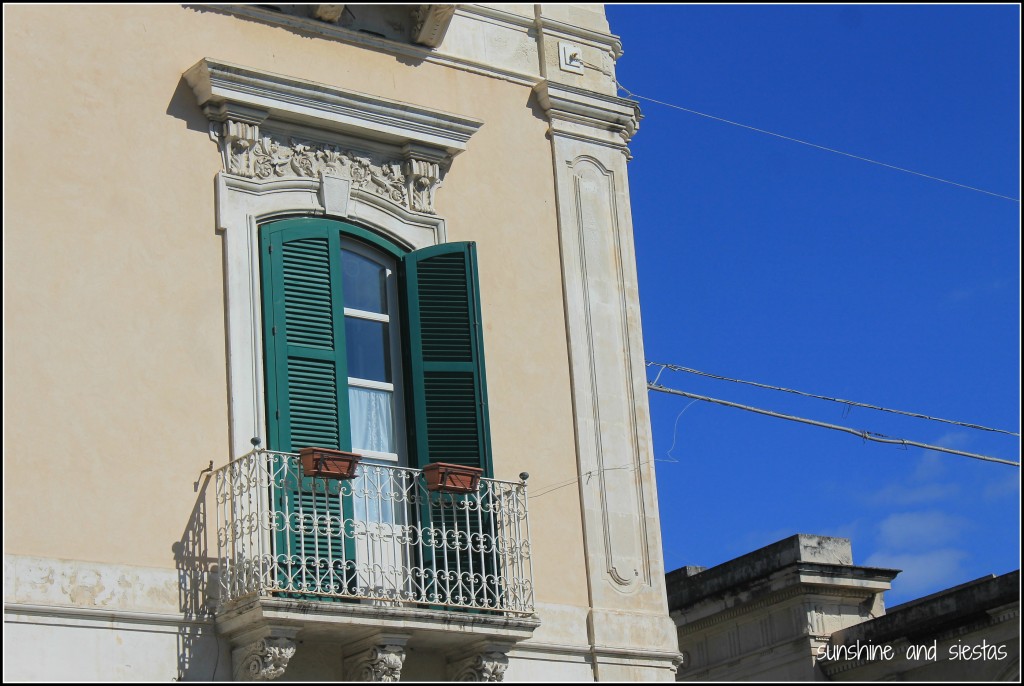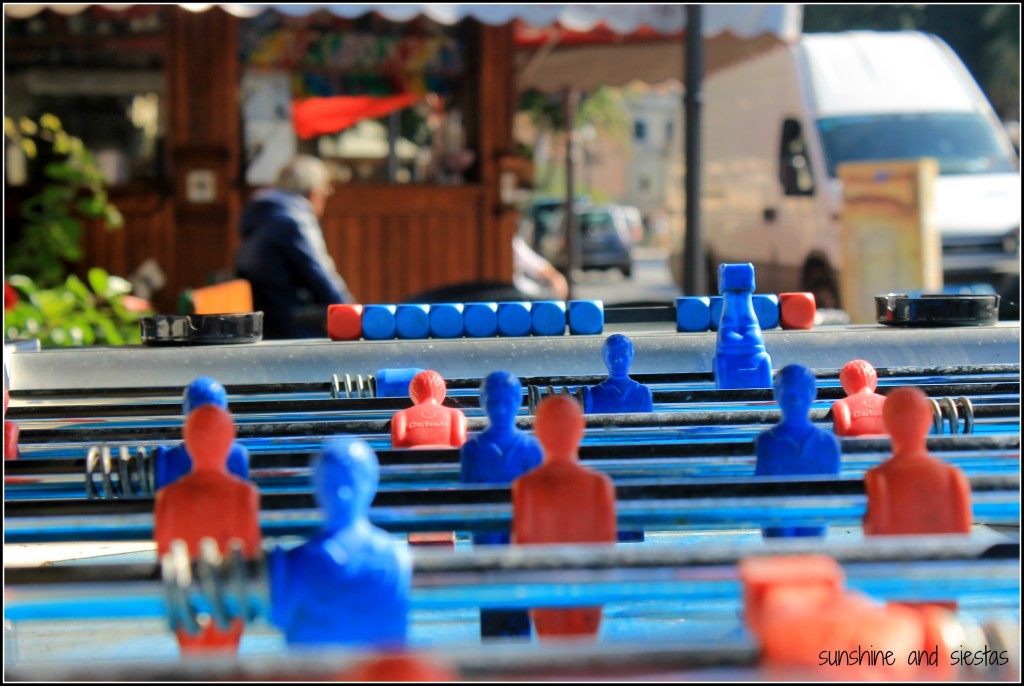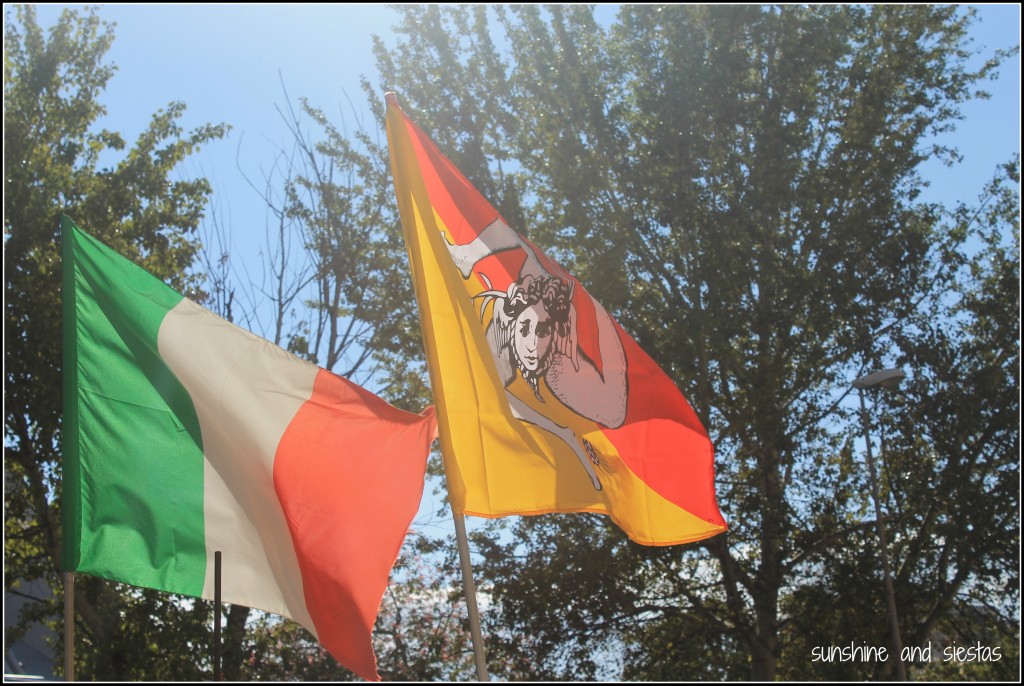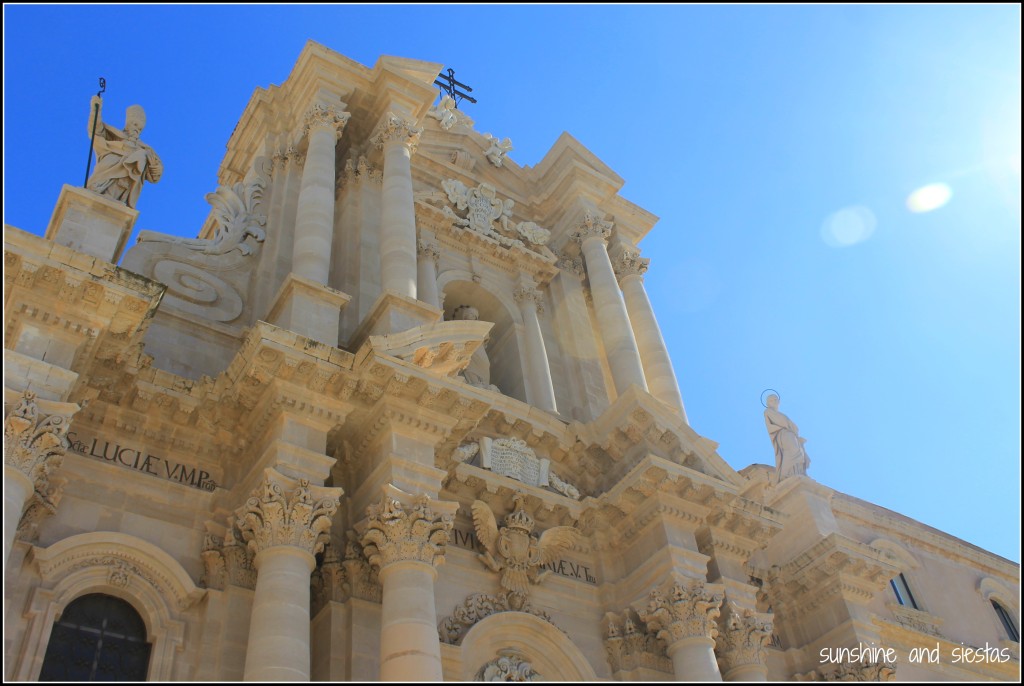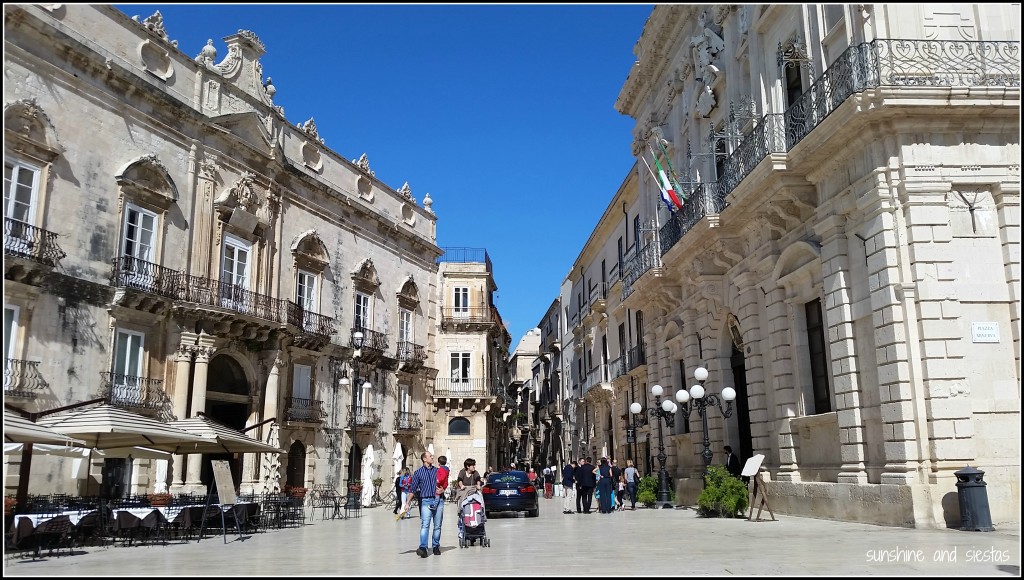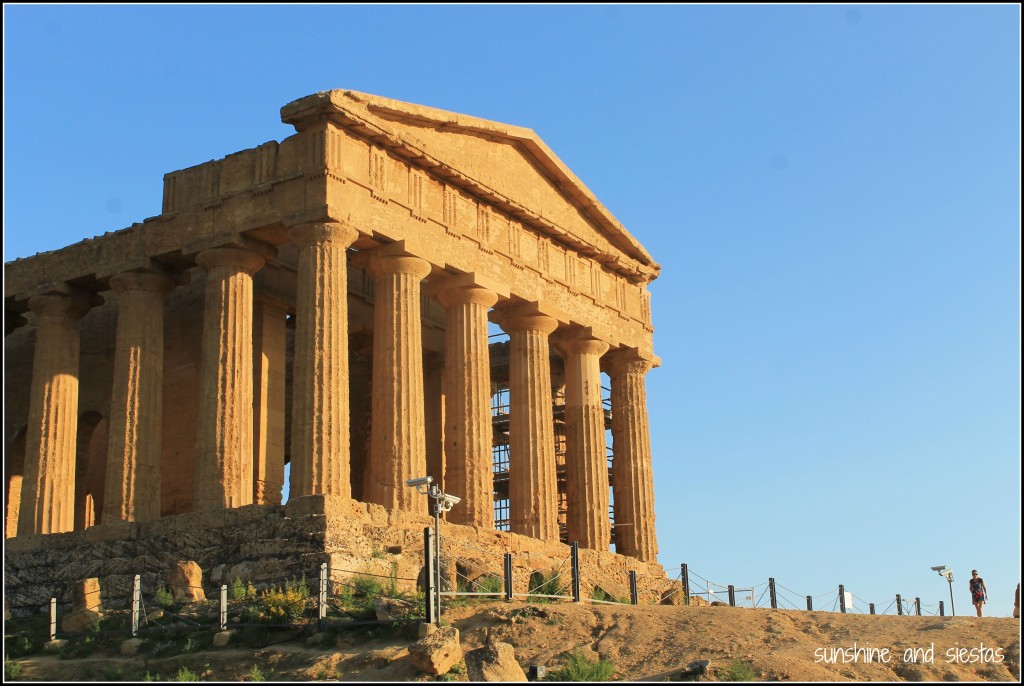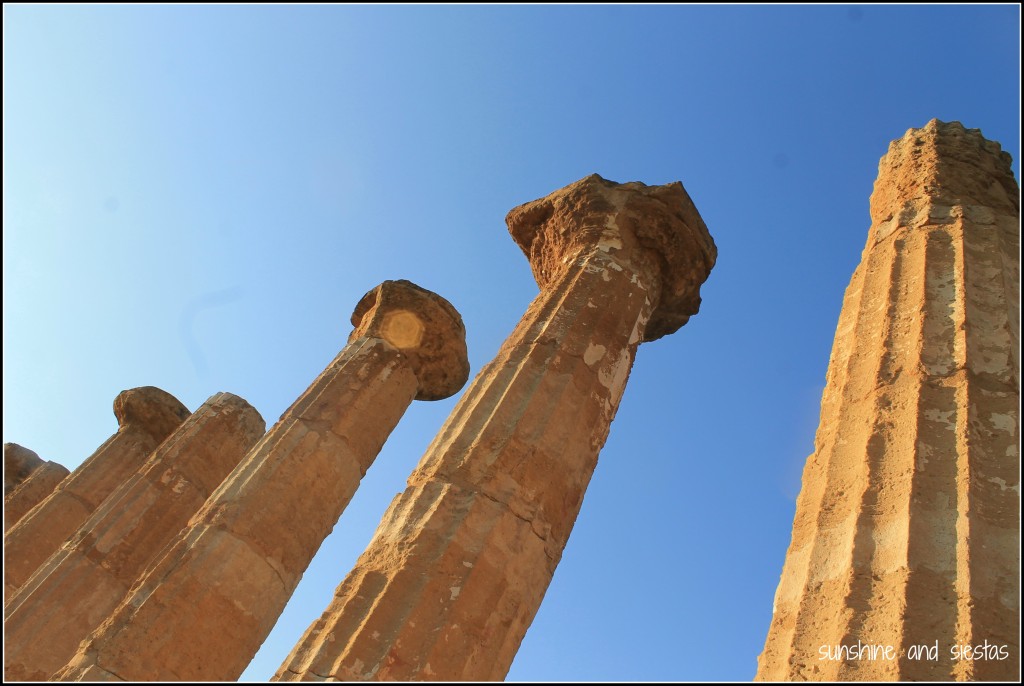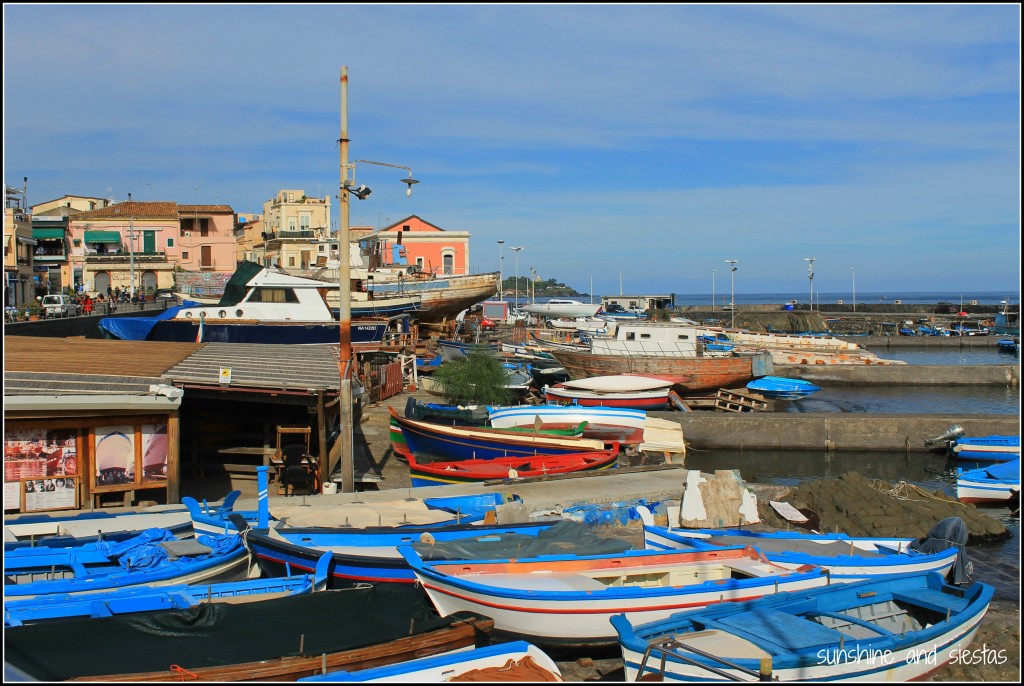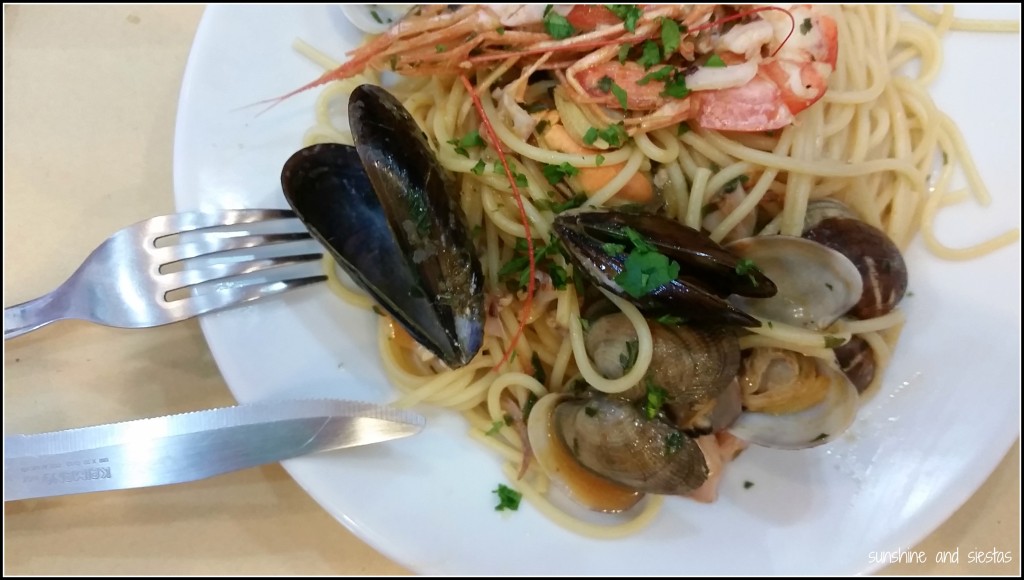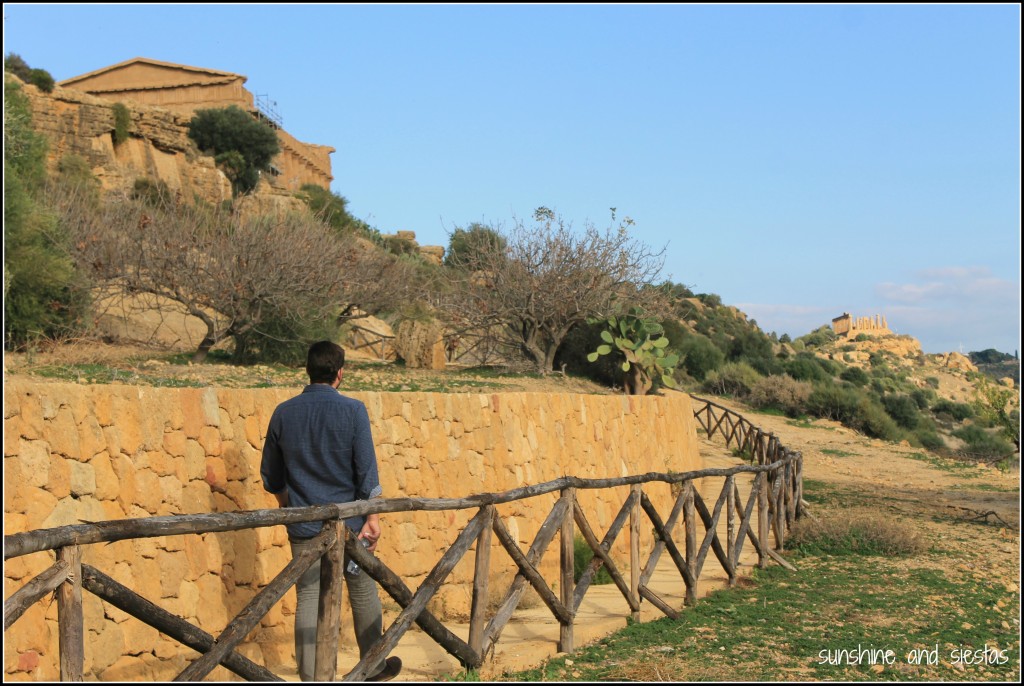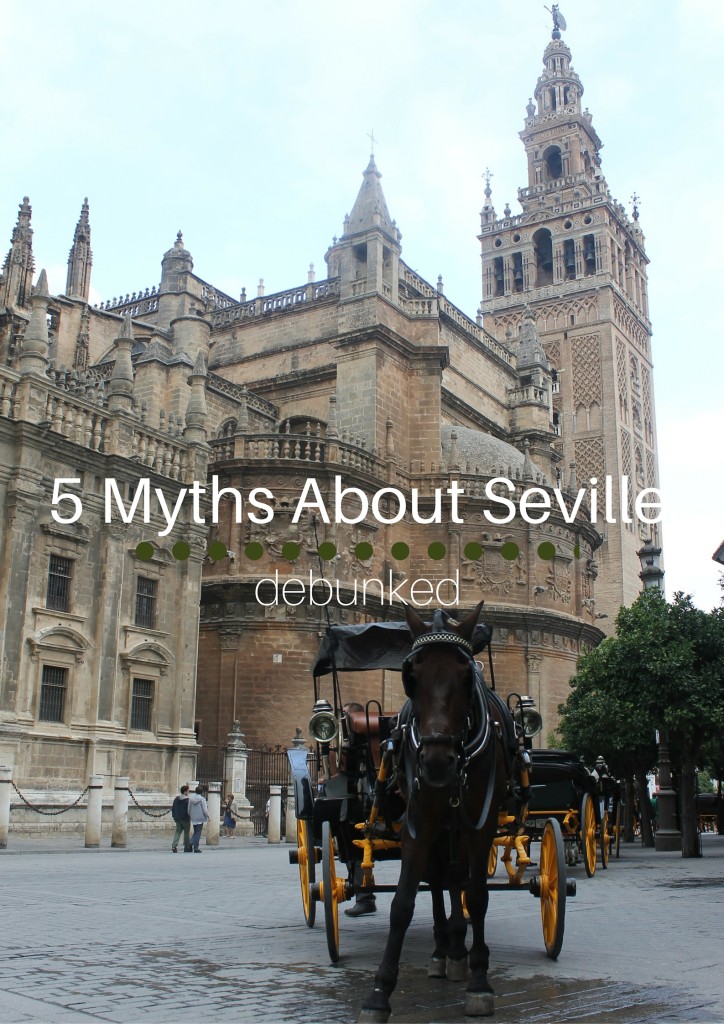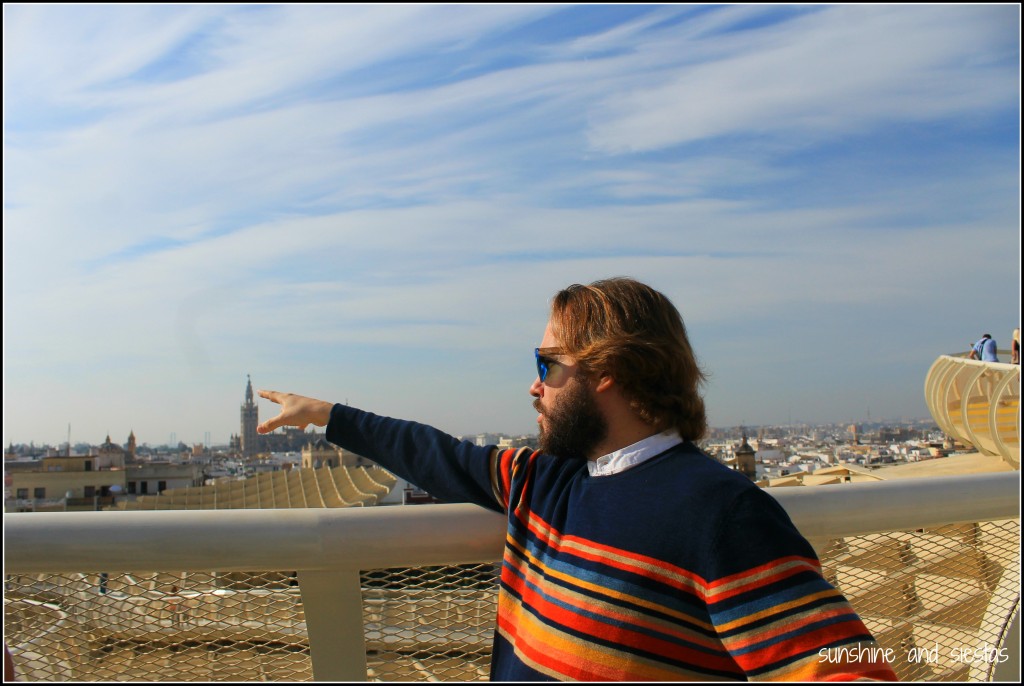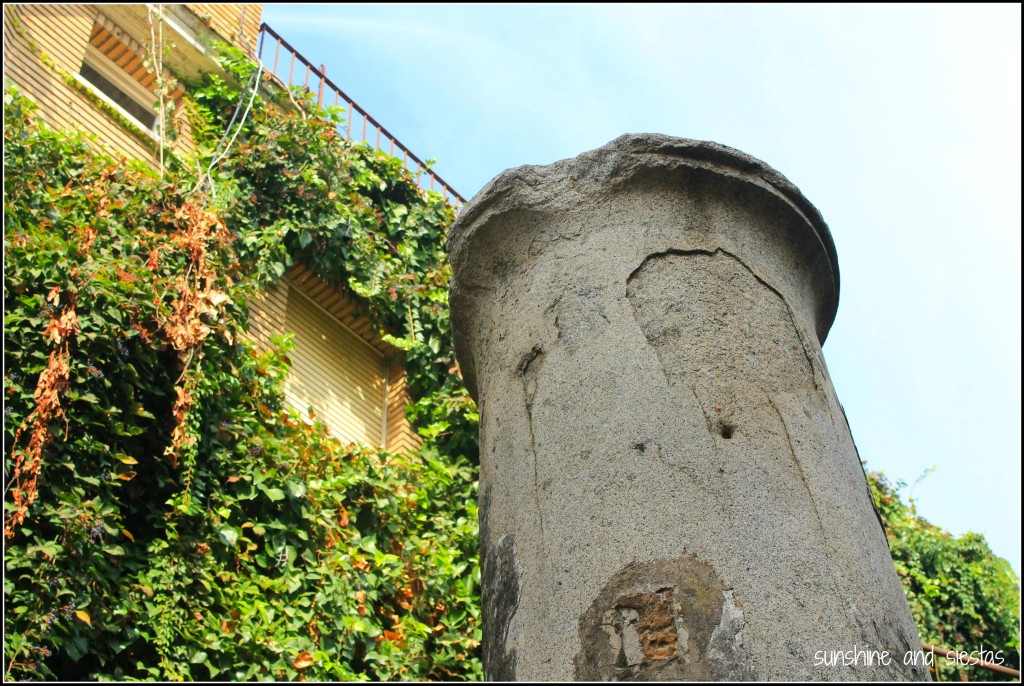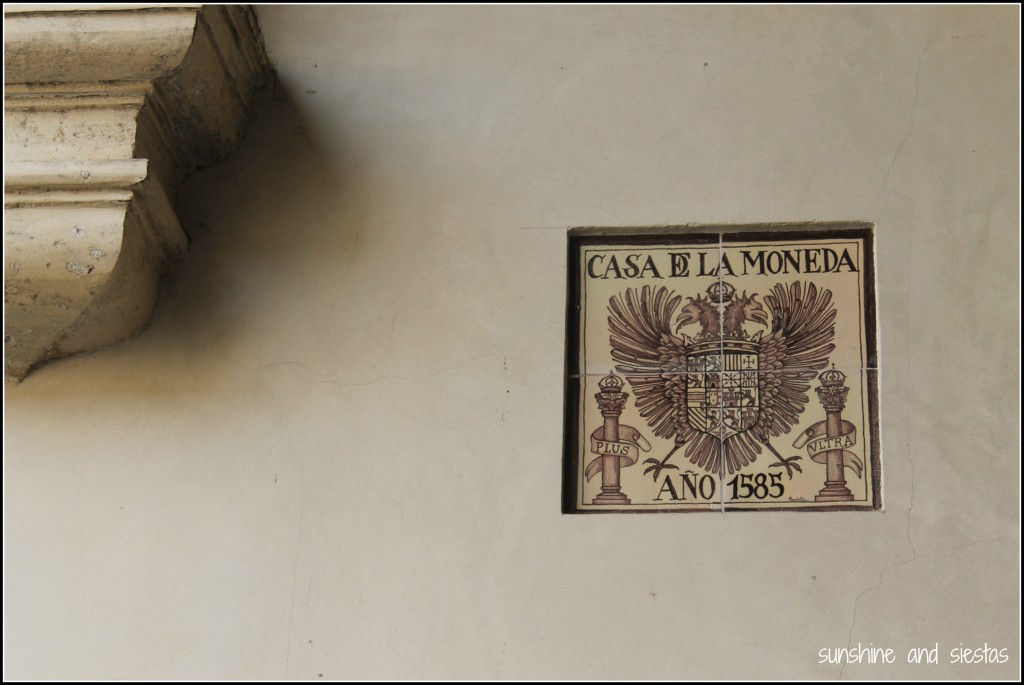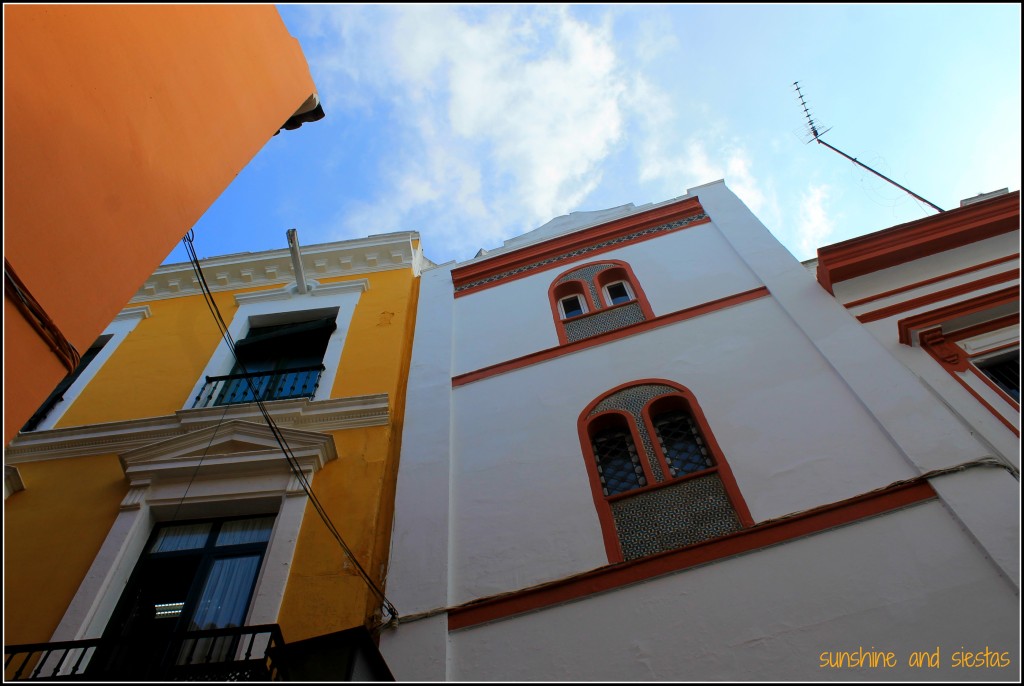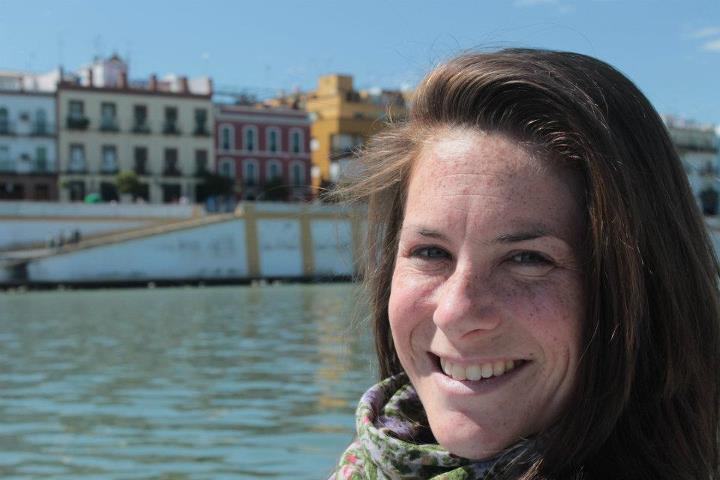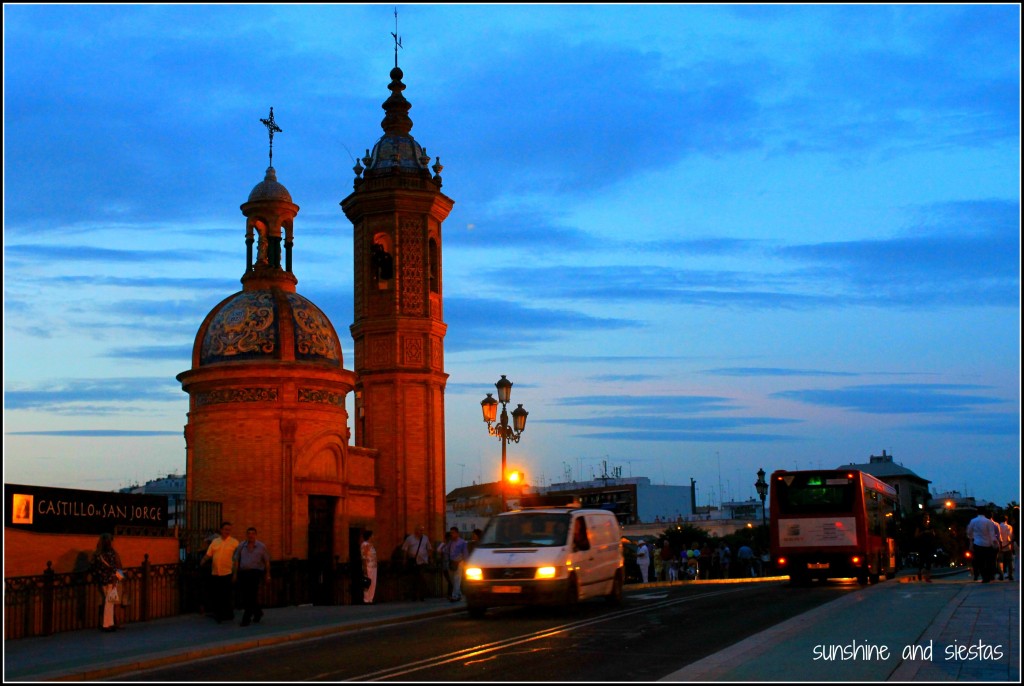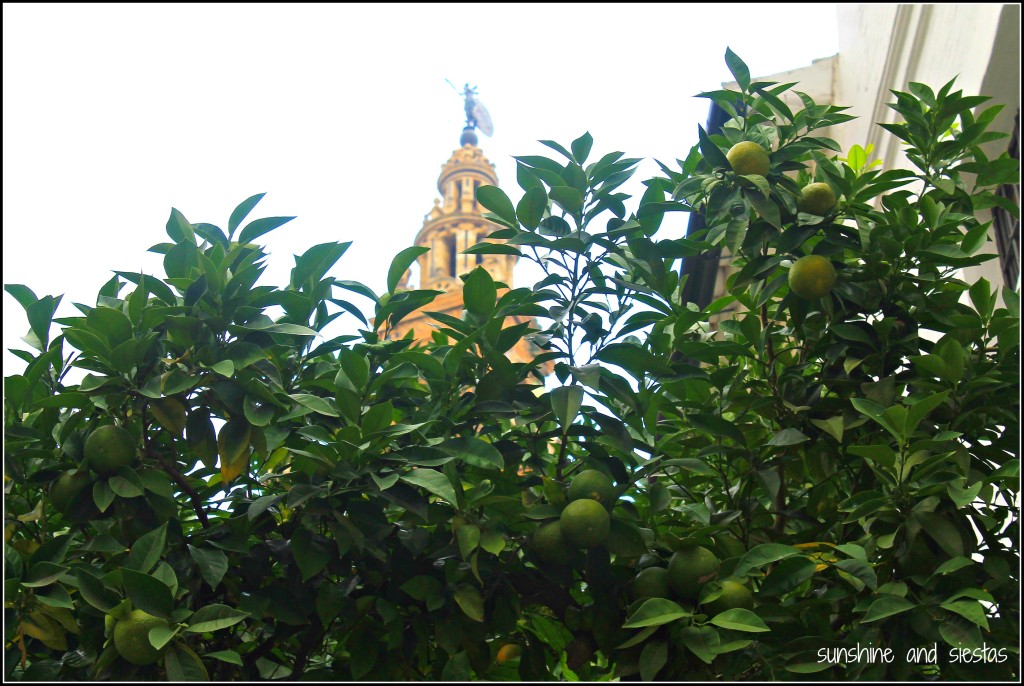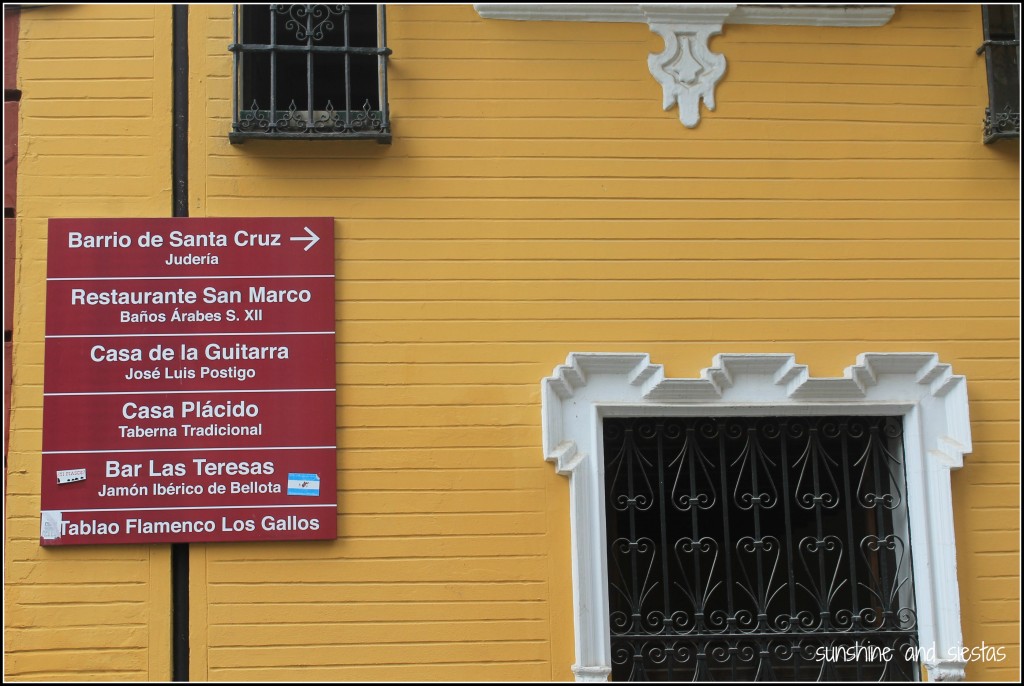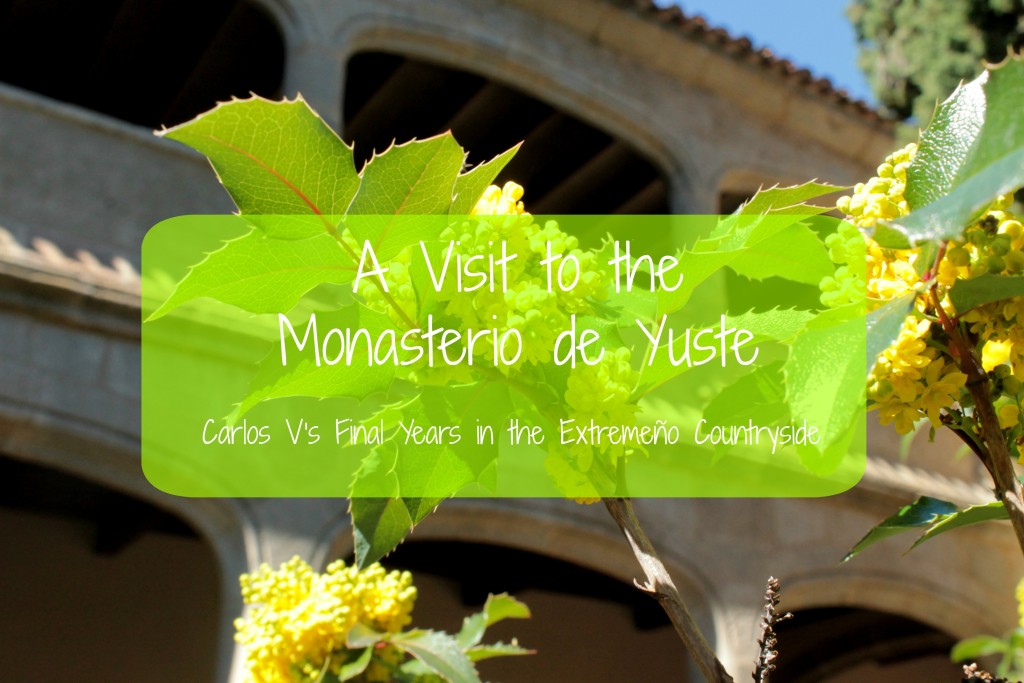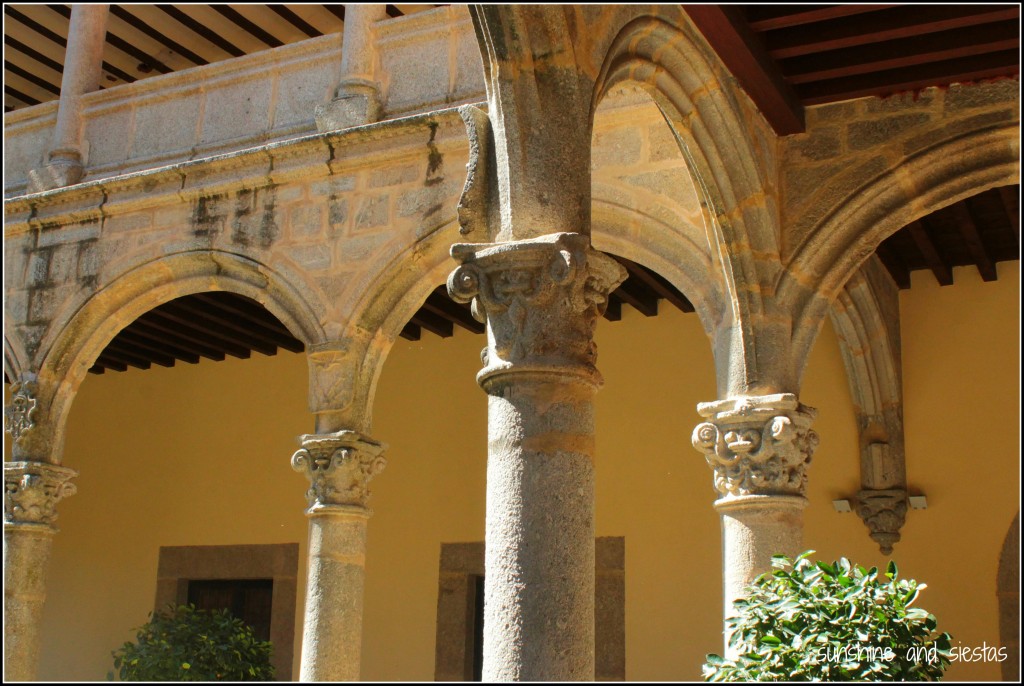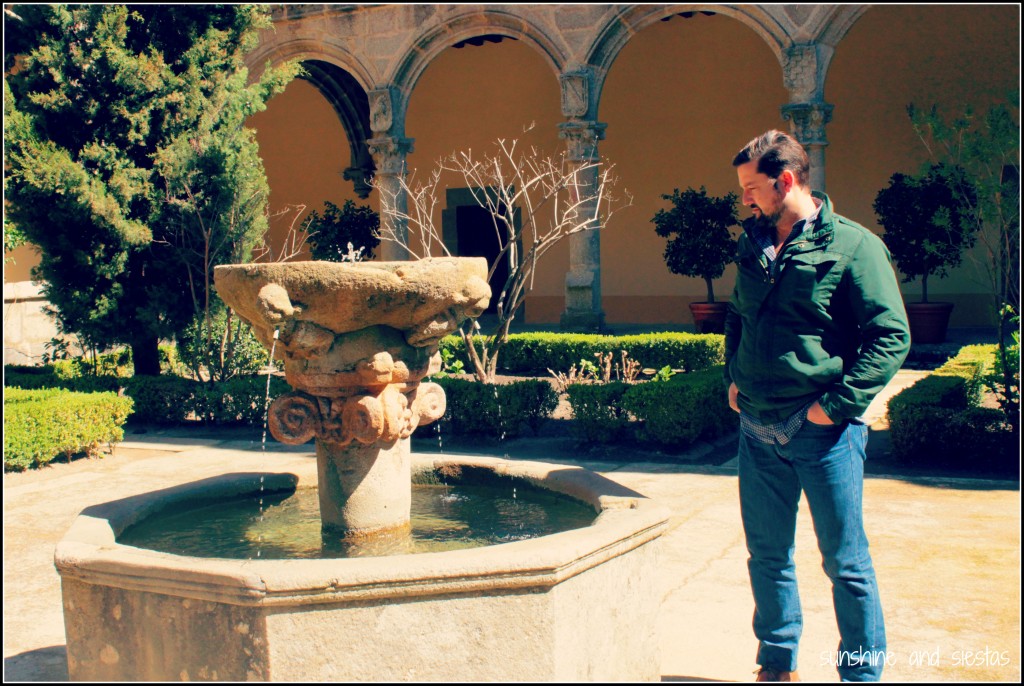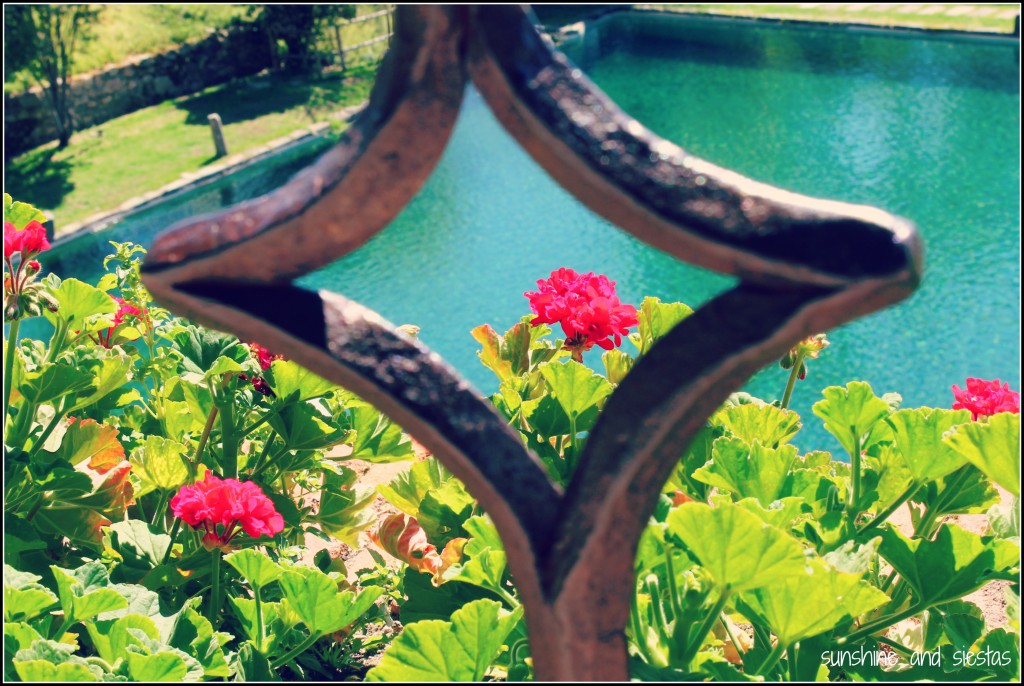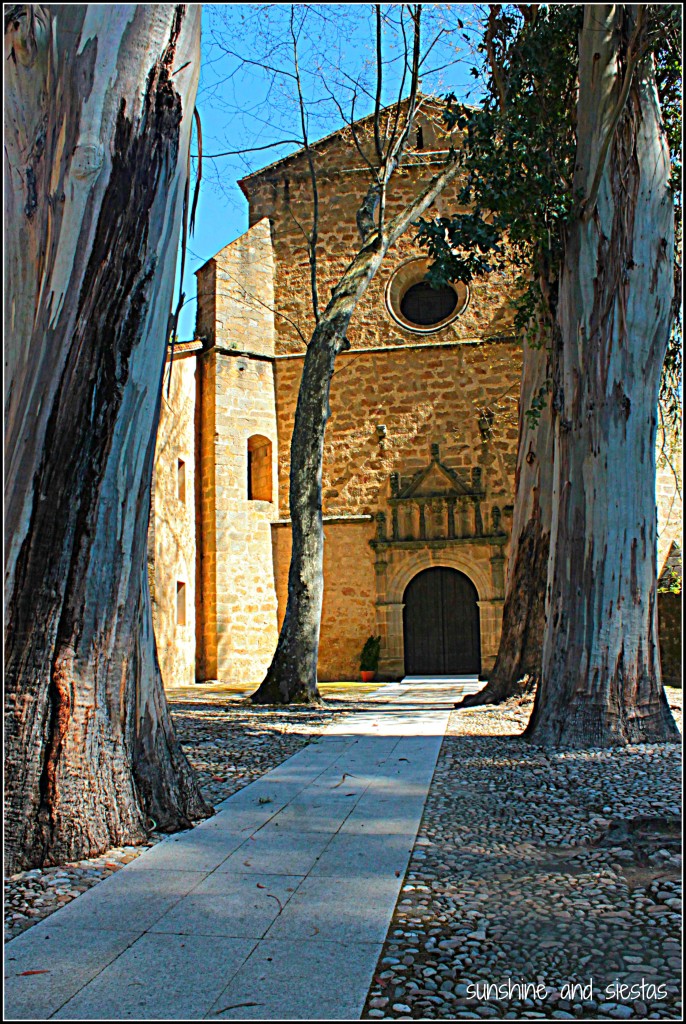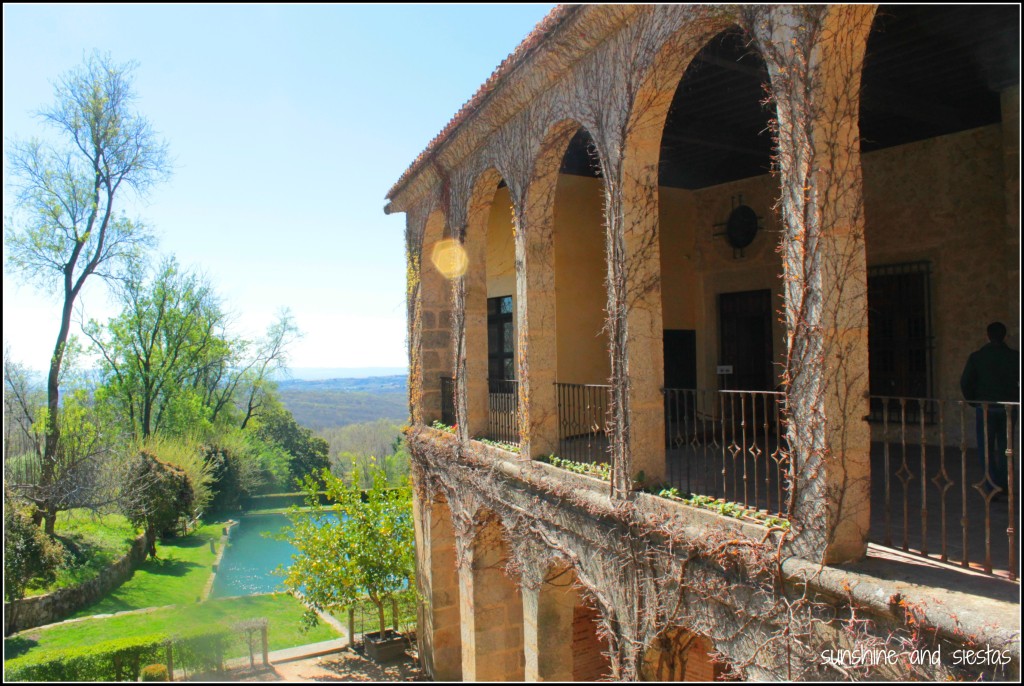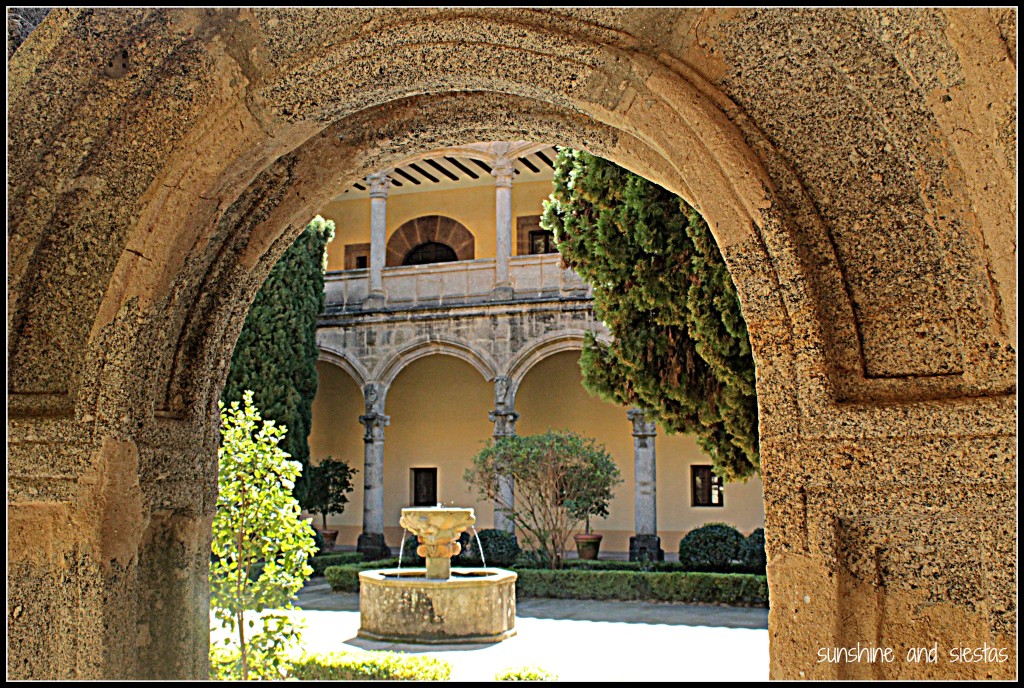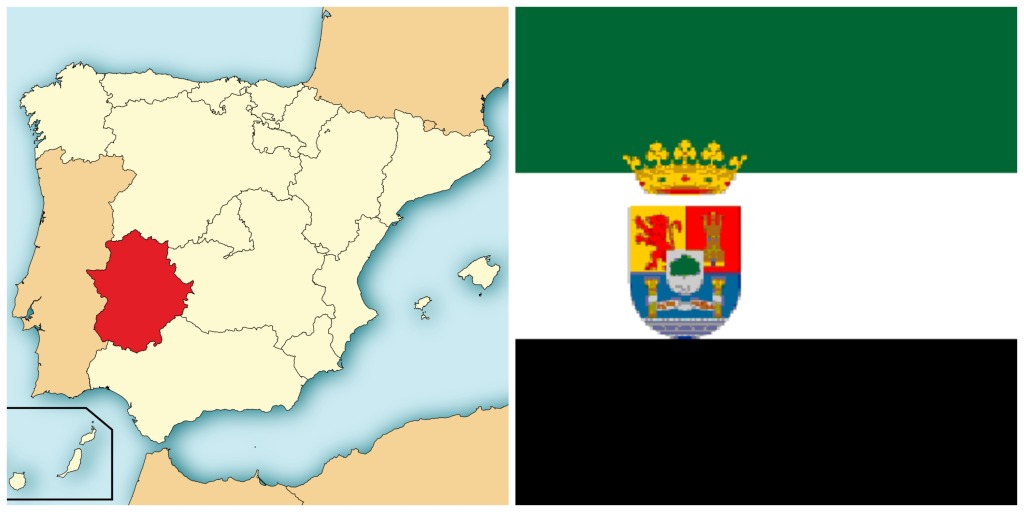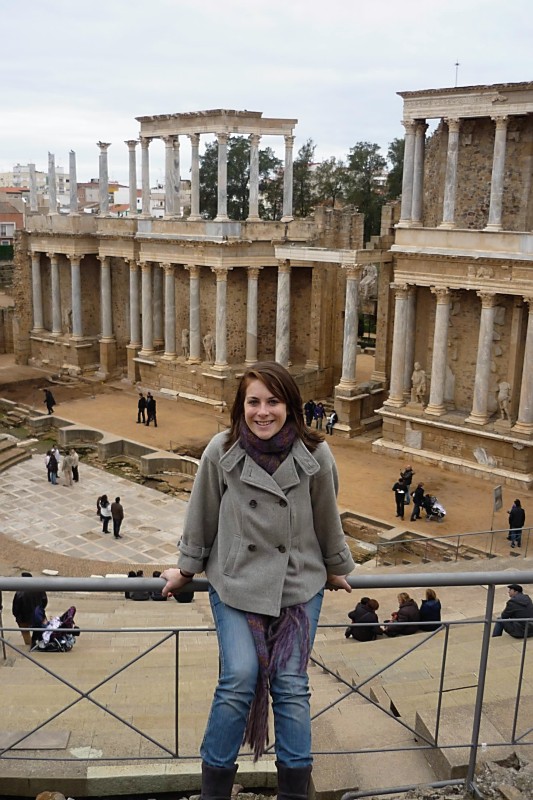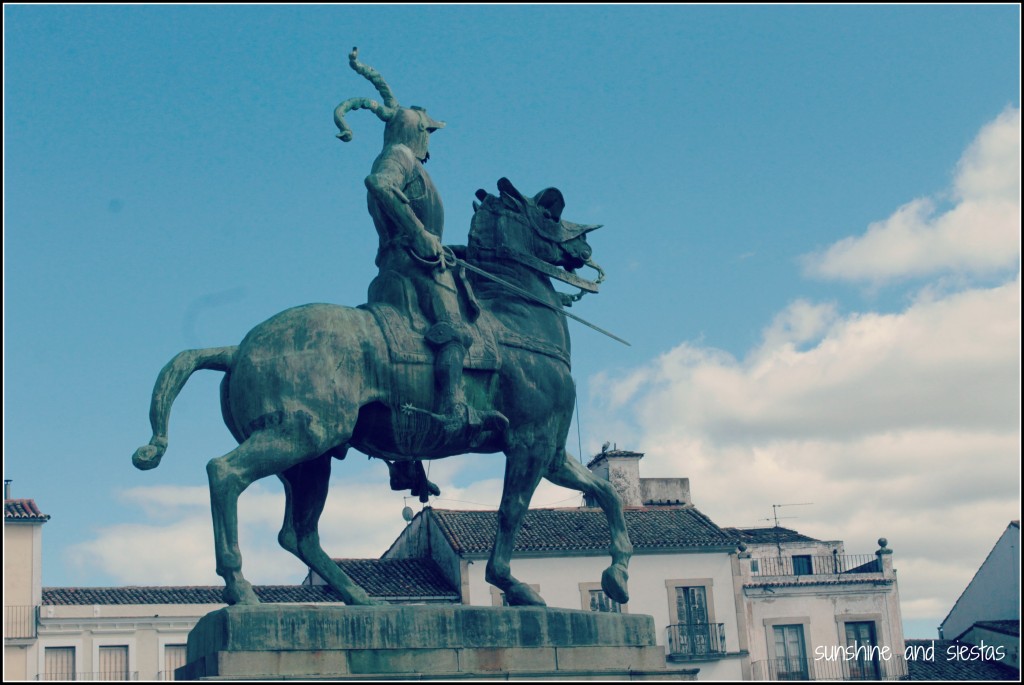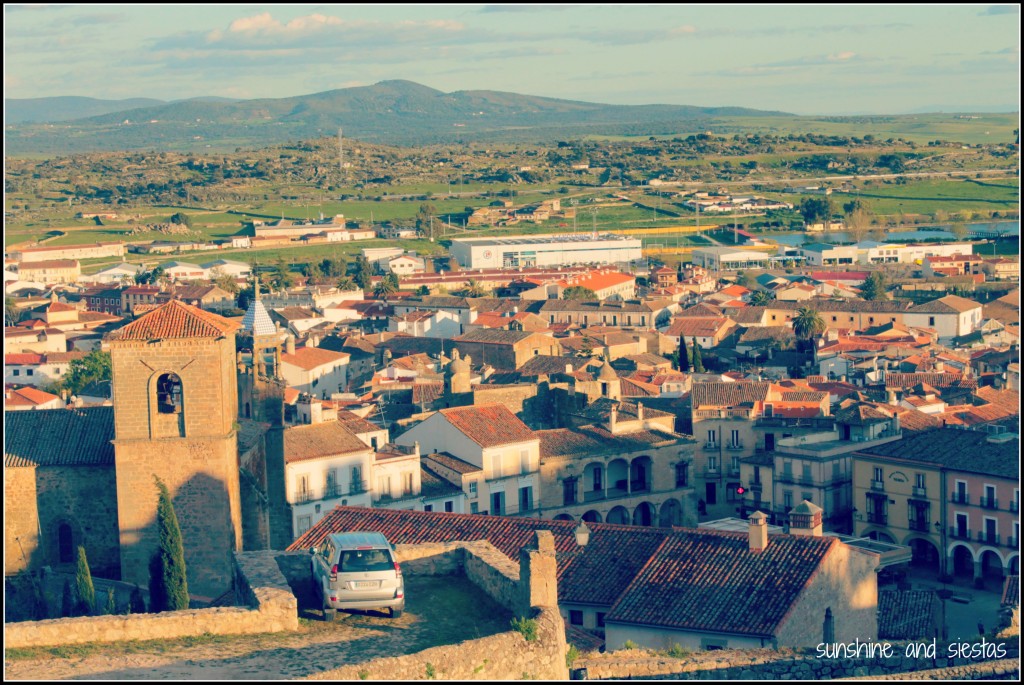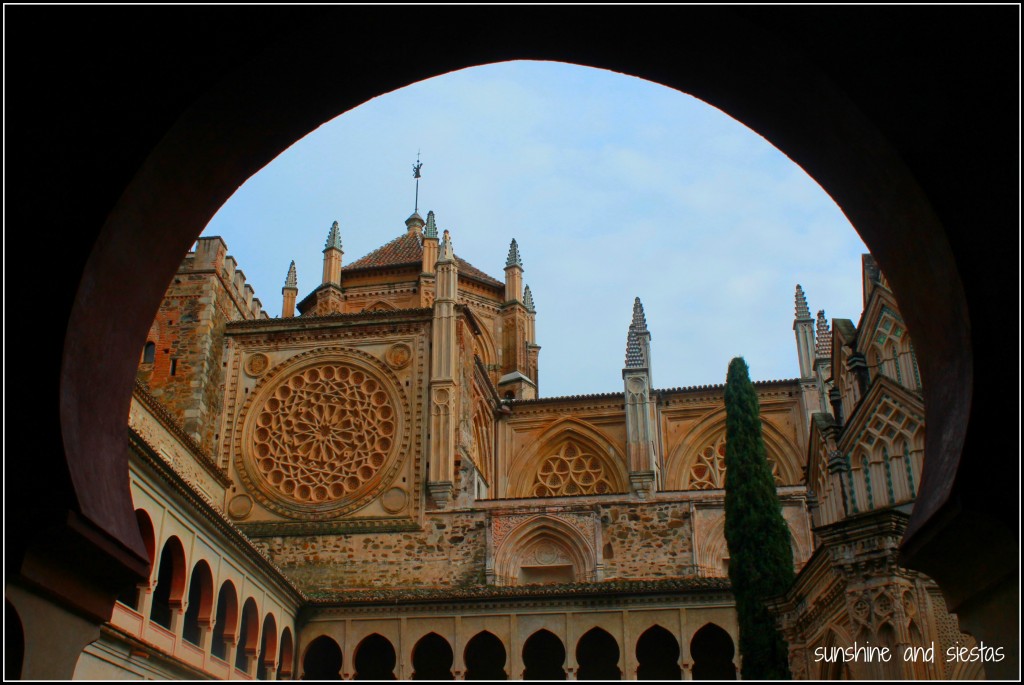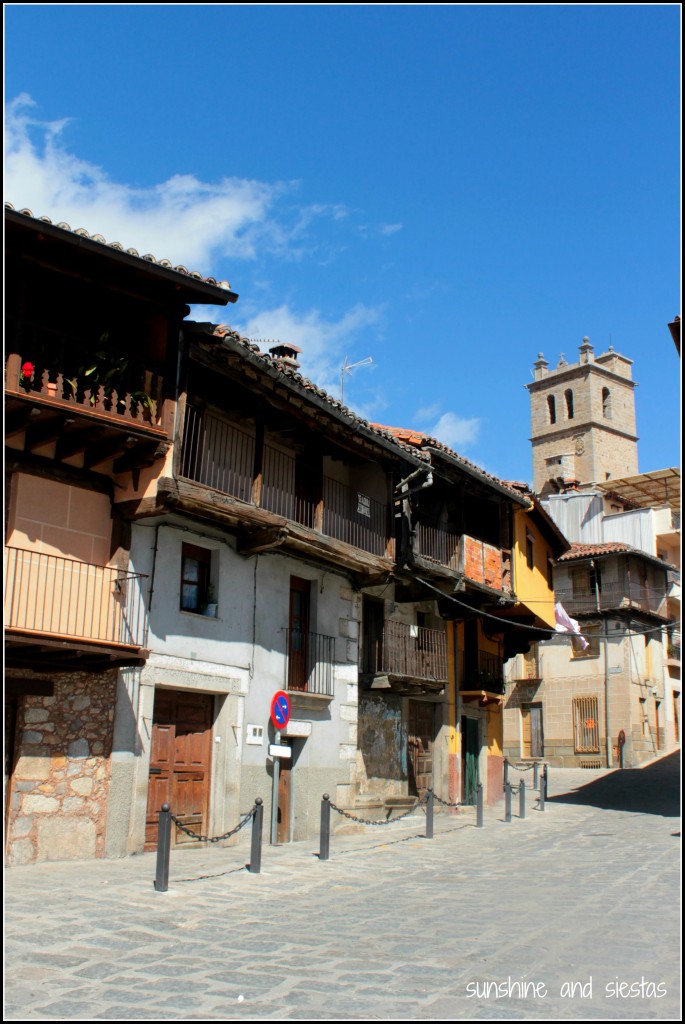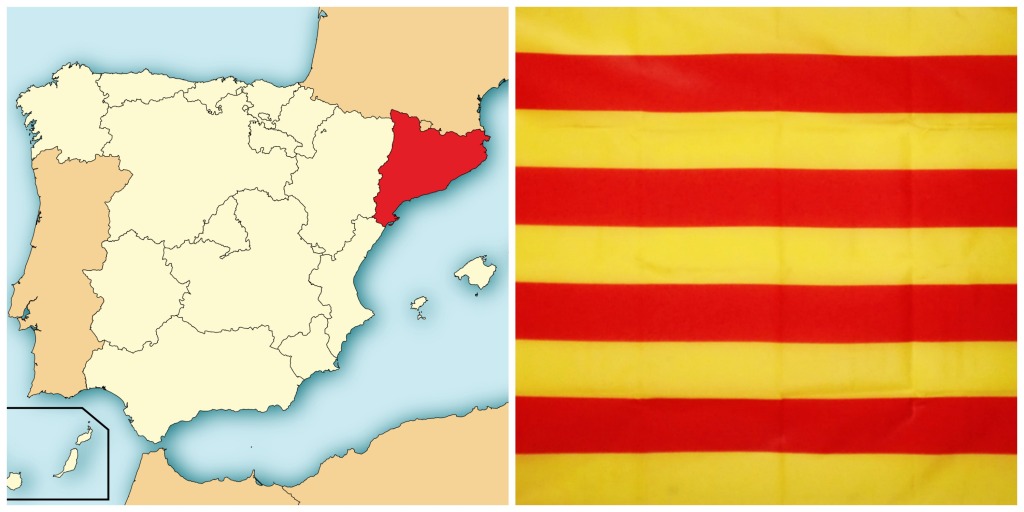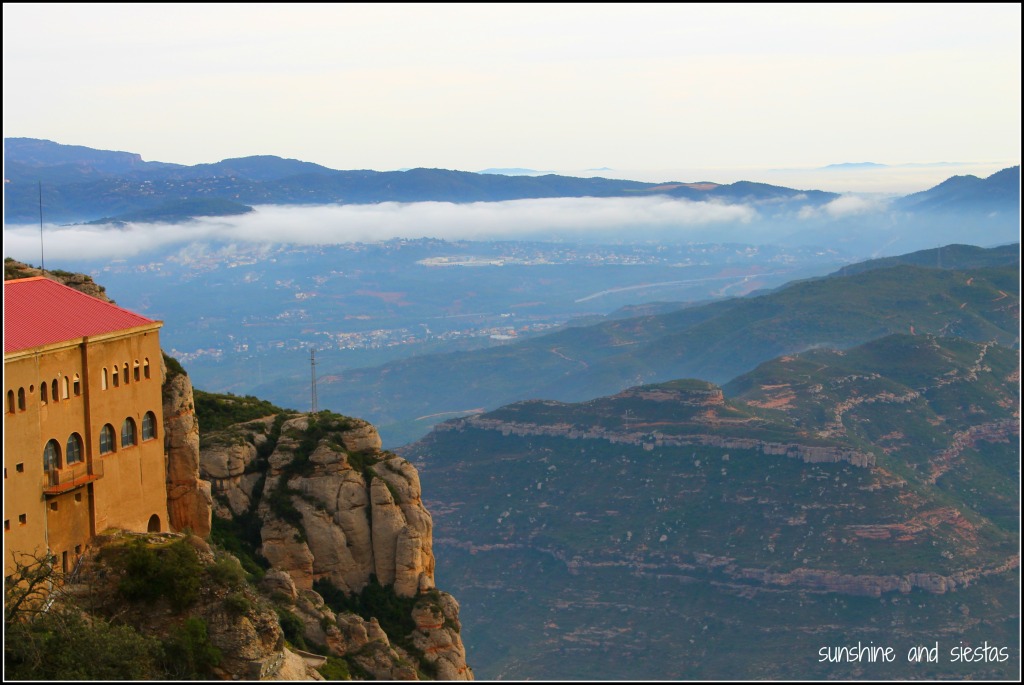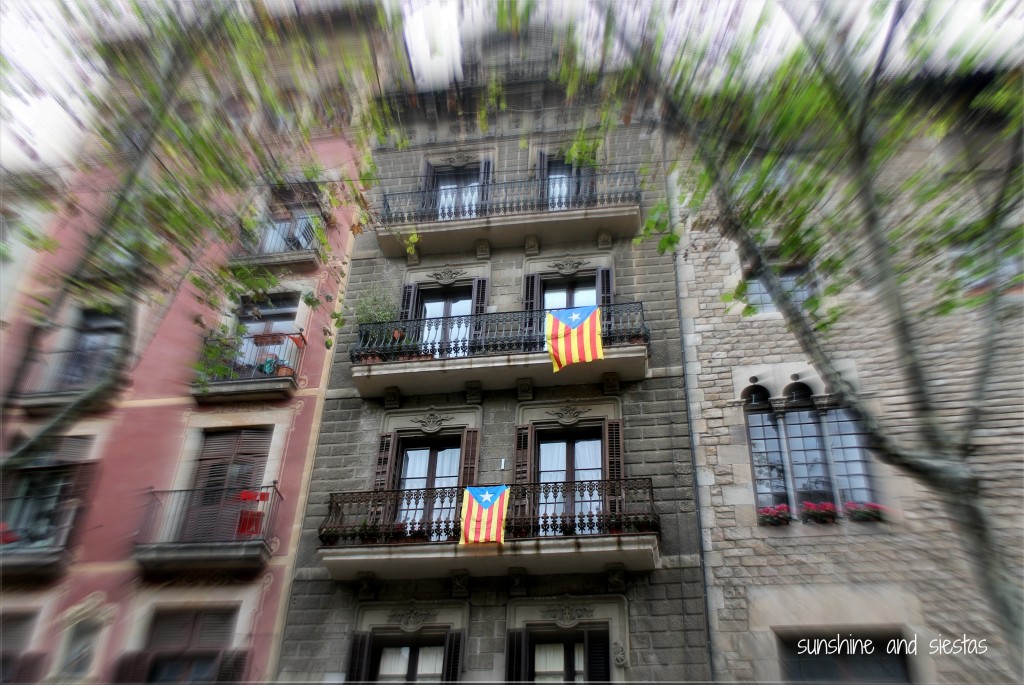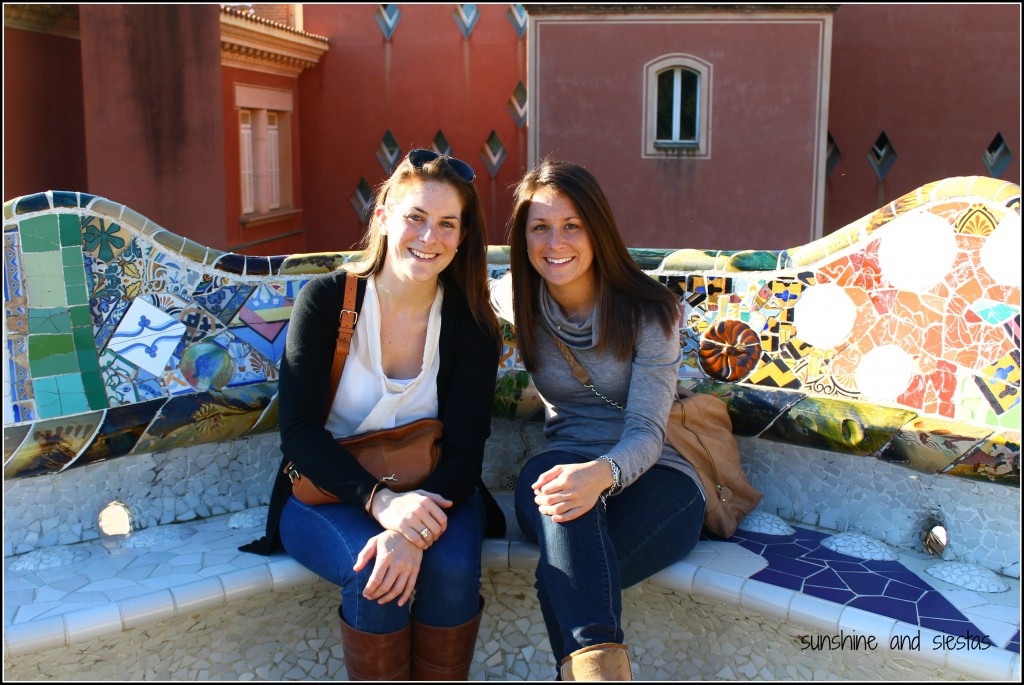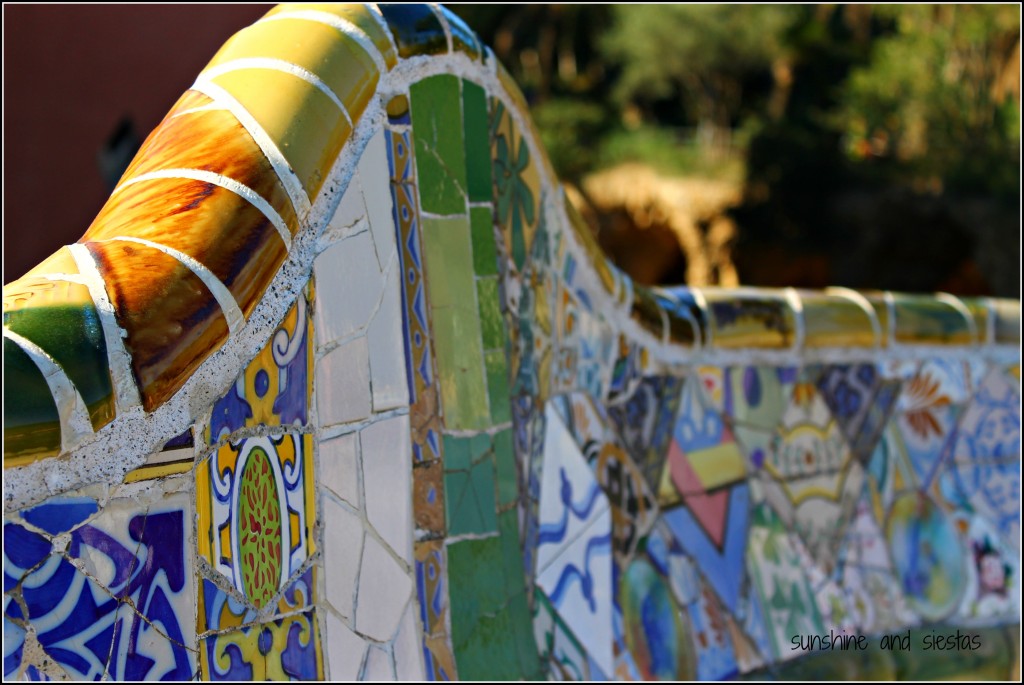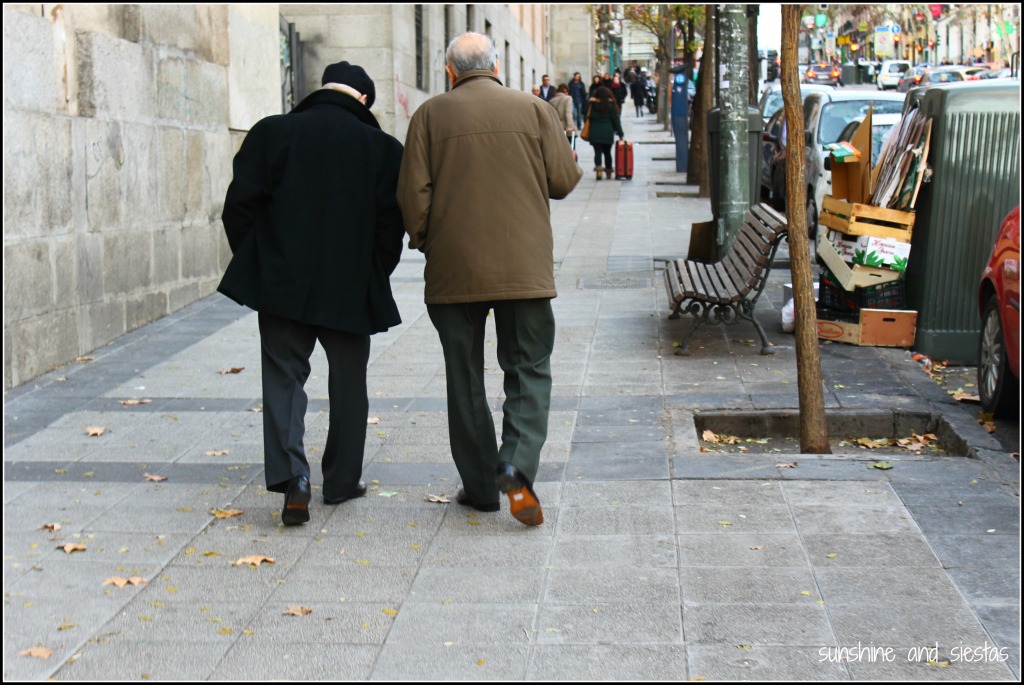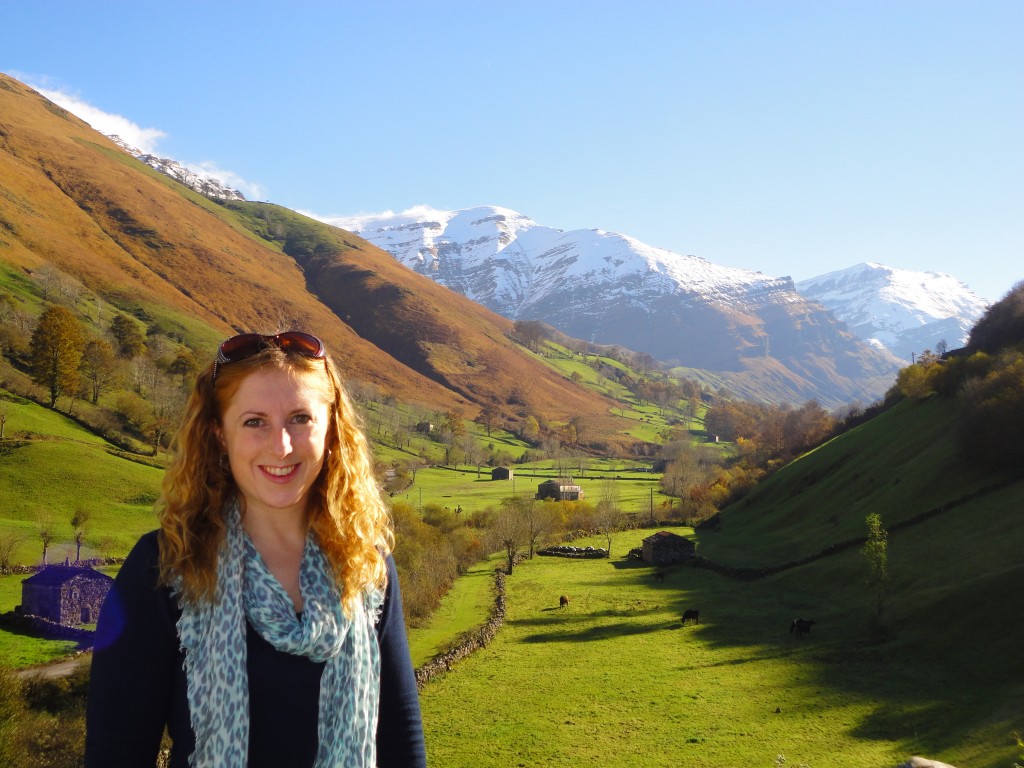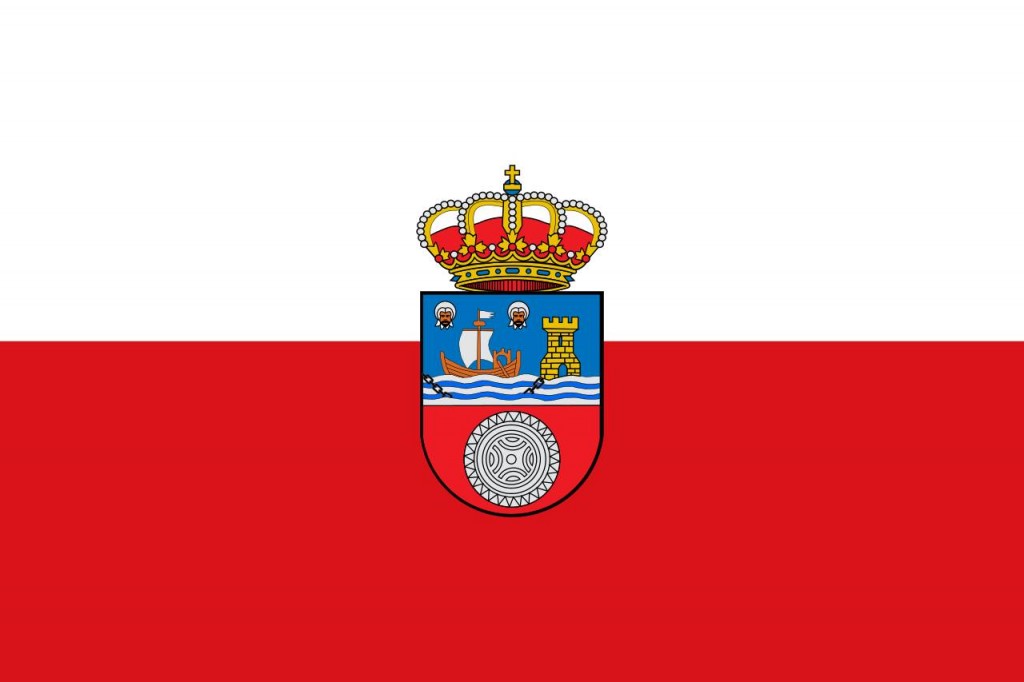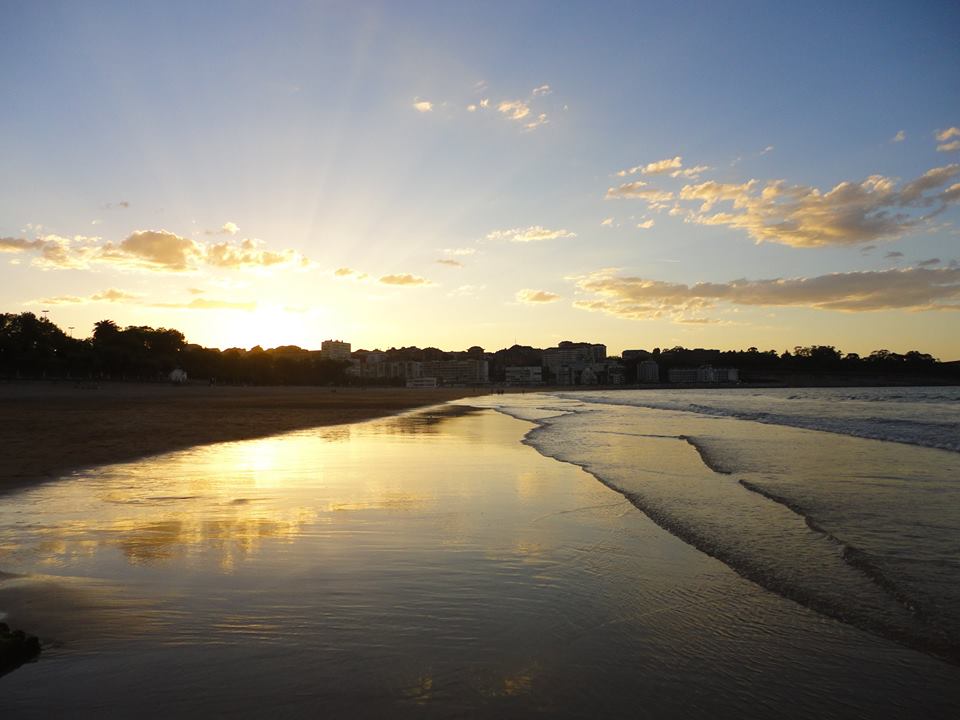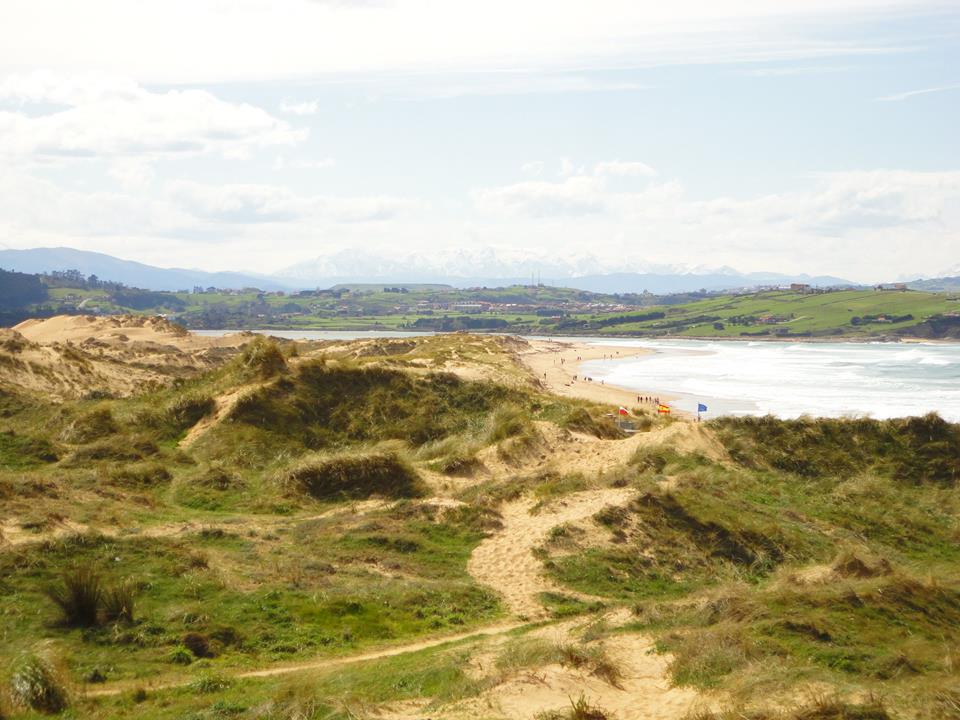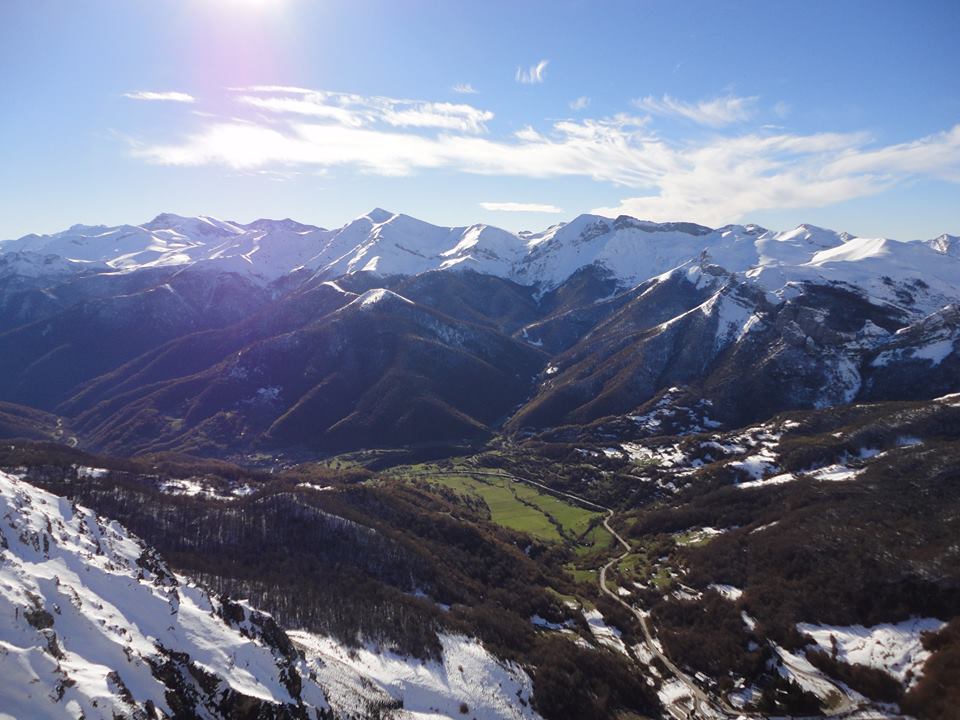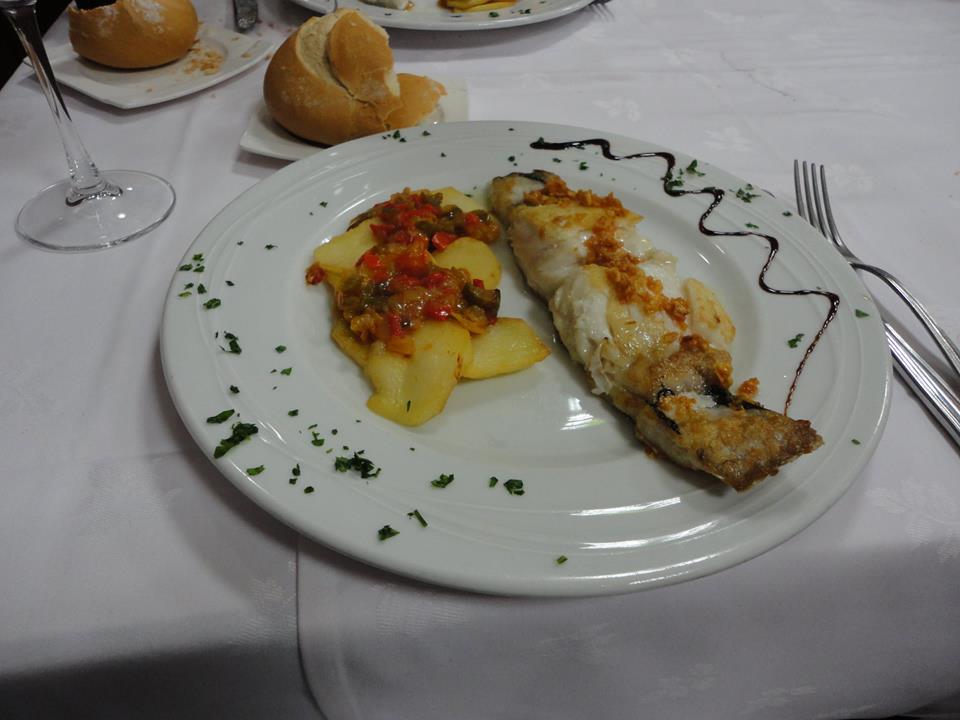“This is the part of Catania I wanted you to see,” the Novio cooed as we passed a fifth consecutive butcher windows displaying carne di equino. To be fair, I’d seen little else than the local airport, a roadside bar and enough near-traffic accidents to turn me off from getting into a car in Sicily. And now, before we’d hit the beautiful Piazza del Duomo or even had a slice of pizza, my husband had brought me to the back streets of the immigrant section of Siciliy’s second city. It was not what I had anticipated on a weekend I let him have complete control over.
Italy has never been to foreign a concept to me – my mom studied in Rome in the late 70s and brought her love for the Eternal City back to Chicago by way of spaghetti and meatballs and an addiction to ice cream. But traveling in Sicily is not for the novice traveler or faint of heart. I felt exhilarated as many times as frustrated and that it was equally the most beautiful place on earth and a dump. But overall that I’d barely scratched the surface (and one cannoli in three days is simply not acceptable).
Sicily is like every place you’ve been, and nowhere you’ve ever been
I was unimpressed with Sicily at first glance. The chevron shaped island didn’t have any destinations I could recall outside of Palermo, and the little research I’d done online left me with only a few places jotted down on the inside of a book cover. I was willing to let the Novio recreate Driving Miss Wifey and usher me around.
After a harrowing ride into the heart of Catania, we parked nearly two kilometers from the attractions. The Novio led me down darkened alleyways that reeked of garbage and urine until we’d reached Via Plebiscito. Catania was shabby, with lopsided houses teetering amongst overgrown bushes and converted car parks. We saw no one until we’d reached the main drag, which, at nearly 8pm on a Friday night, was buzzing with commercial activity.
To me, this slice of the city felt like the roadside markets of Jaipur, with butchers and barbers sharing sidewalk space. Vespas weaved in and out of the sidewalk displays of plastic toys and ripe vegetables. Shopkeepers yelled at one another across the busy street. It was as much Jaipur as it was Istanbul, feeling familiar for a city I’d only begun to know.
And Catania continued to surprise me – its city piazzas had me reminiscing about its northern counterparts. Its shopping streets might as well have been Madrid or Paris. The pizza we ate as good as I remember it in Naples, fifteen summers earlier.
The following day, as we drove to Siracusa and Agrigento, the landscapes changed dramatically, from neat olive groves that neatly backed up to rolling hills – just like in Andalucía – to towering hills crowned with castles. Sicily could have been Tuscany or it could have been the Côte d’Azure. It could have been the Greek countryside. It could have been Northern Africa.
Yet at the time, Sicily was unlike any of these places as far as flavor and flair. The natives we came across were jovial, and we were never scammed or overcharged. I could barely find a place to buy a postcard. Maps are unreliable, and I found one person that spoke enough English for me to ask and be answered. Sicily is a little more “off the beaten path” than you’d expect, especially once you’re out of the ports of call.
Sicily felt worlds away from the Italy I’d gotten to know in three previous trips, anchored to the boot by little else than the common language and the pizza. It’s like the underbrush, or the boonies, as far as Italy is concerned. And for as backwards as it seemed, the way Sicilians live all made sense.
Let’s just say that when boarding my plane on Sunday, I didn’t feel ready to go.
Driving is like dangling your mortality right in front of the devil
I was clued into the manic driving practices in Italy when I was 15 and was nearly taken out by a moped in Naples. Half a lifetime later, as we pulled out of the Fontanarossa Airport, I said a small prayer to Saint Christopher.
Whoa.
If you’re in a roundabout, be prepared to stop. Don’t trust stoplights. Park where you feel like. Most highways are not lit at night. And Exit ramps are perfectly acceptable places to drive up when you’re not exiting the highway.
Our Saturday plan was to wake up early and check out the catacombs in Syracuse, the Greek temples in Agrigento and the preserved mosaics in Piazza Amerina. Syracuse was easy enough to reach, but we’d have to return to Catania to reach Agrigento. After an hour on the A-19 that snakes between Catania and Palermo, we turned off just after Enna. As it turned out, the entire section between the motorway and the city famous for its Valle di Templi is under construction – we were driving behind trucks on gravel highways, making it nearly impossible to pass.
Three hours after leaving Syracuse and air braking until my ankles were sore, we finally arrived, though we’d have to scratch the Villa Romana del Casale off the itinerary.
That said, renting a car is far more reliable than the bus system, and there are few trains that operate between the major sites. I had worked up enough courage to take the car to Piazza Amerina. I got the feeling that the car was made of cheap plastic as it rattled and hummed to life. I immediately stalled. And stalled a second time, vowing to obey speed limits and turn around if necessary.
We had looked in earnest for a gas station when driving back from Agrigento, and let me warn you – Italian highways are not the places to run out of gas. Though I had one-third of a tank when leaving Catania, within 50 kilometers, there were no bars left, only a piercing beep every ten seconds.
Like getting stranded in Romania, I was glad to not be a novice traveler. I remembered seeing a service station the day before, just past the turn off for Piazza Amerina. I was nearly confident that I could make it the 12 kilometers, but my heart was racing. I had bought data, so I could Skype the rental car company and try to speak to them in Spanish. The Novio was working until noon, four hours from that moment. I had a credit card to pay a towing company.
I watched the miles tick down to the service station, pulling up to a self-service station. “CHIN-QWEN-TI…espera,” I spit out, cramming my hand into my pocket and looking for a scrap of paper with the word for unleaded gas, “BENZINI.”
“Benzina,” the attendant corrected as another washed my windshield. Whatever.
I grew more confident in the car, taking turns past Pergusa with more speed, eventually arriving to the Villa Romana del Casale, my third UNESCO World Heritage site of the weekend. I’d long given up the use of the Italian GPS and instead used my phone’s. After an hour traipsing around 2500-year-old mosaics, I jumped back in my car, set to avoid the steep climb through postcard-esque Amerina.
I was again taken through dirt roads to reach the highway, convinced the plastic car would fall apart around me, cartoon style. I won’t even get into the thrill ride that was the trip to Acitrezza that afternoon – my eyes were transfixed on the GPS!
The colors are more vibrant than you’d imagine
I was still in a haze from an overnight trip and two planes when I touched down at Fontanarossa Airport, and Mount Etna was veiled in its own smoke. After a nap, I gasped at how regal the volcano was, midnight blue against a clear day with smoke curling out of the top.
Sicily has some serious bragging rights when it comes to the rich colors of its landscape. My book stayed packed in my purse as we drove through low-hanging vineyards and climbed steep mountains will houses and church spires dripping down and rolling towards the Mediterranean. This place is seriously jaw-dropping. The smoky ombre of ancient buildings, the dusty green of cyprus trees, and turquoise blue of the ever-present sea.
The outskirts of Syracuse, known as Siracusa locally, are nothing exciting, but its city center is spectacular. Once the center of commerce on the Ionian Sea, the city has 2,700 years of history and was one of the few places we saw Anglo tourists. Think cobbled alleyways, massive fountains and a spotless marble Duomo.
Valle dei Templi, which we arrived at just after 4pm, shone in the waning light.
And Acitrezza, a small beach neighborhood with port side osterias and craggy black rocks, enchanting.
I only wish we could have has a panini or arancini with these views!
Sometimes, you have to make your own plan
I’d been warned that Sicily was kind of a Choose-Your-Own Adventure type of place. Reliability was not necessarily something to be expected, and that frustrations were rampant. Because I hadn’t done the planning, I was ready to roll with the punches.
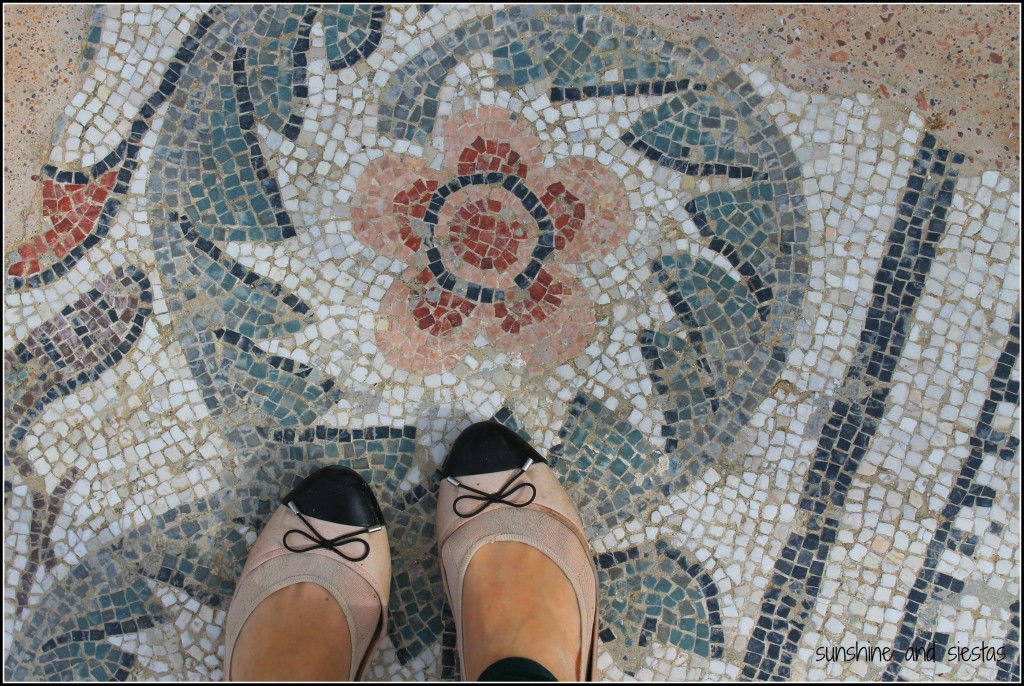
Food was the first – I’d been on an overnight trip, and my cheese bocadillo was a thing of the pat by the time I hit Fiumicino and chowed down a croissant and a macchiato. The Novio had been raving about a pizza place across from the first hotel he’d stayed at, but the place was shuttered for the winter season. It was either loading up on pastries, or eating at a hit-or-miss restaurant down the road.
We went with the latter, and it was a hit. Five tables were crammed into what looked like the family’s living room, and there was no menu. We had four pieces of bruschetta placed in front of us as soon as we’d sat down, plus a plate of pasta piled high with clams, shrimp and fresh parsley, followed by a plate heaped with fried fish. I fell into a coma-like nap later, and it would be the first in a series of small victories that were almost immediately followed by a travel mishap.
The most notable: when we finally made it to the Valle dei Templi after several wrong turns, dirt highways and slow-moving vehicles (and maybe a few near accidents), I was over seeing Greek temples – that’s why I’d gone to Athens. At the foot of a ridge lined with cyprus trees, the columns of the Temple of Heracles pierce the sky, so we drove up the road adjacent to them.
“No, no, you must to pay parking at the next road,” a souvenir stand attendant said. There were bus loads of cruise guests and a very exasperated Novio. Looking at his watch, he announced that we’d never make it to Piazza Amerina before it closed, but that he didn’t care to pay the entrance fee for the temples. I suggested the castle at Enna, but he flashed his teeth and grabbed my hand.
Construction signs blocked a walking path that would have otherwise been open. I devised a “play dumb” plan should we get caught, but after around 300 metros, the path led to the Temple of Concordia. We spent over an hour walking around the seven temples and the ruins of Olympeion Field, snickering to ourselves when passing guards and other tourists.
Sicily wanted to play hardball with us, so we threw them a curveball and did things according to our terms.
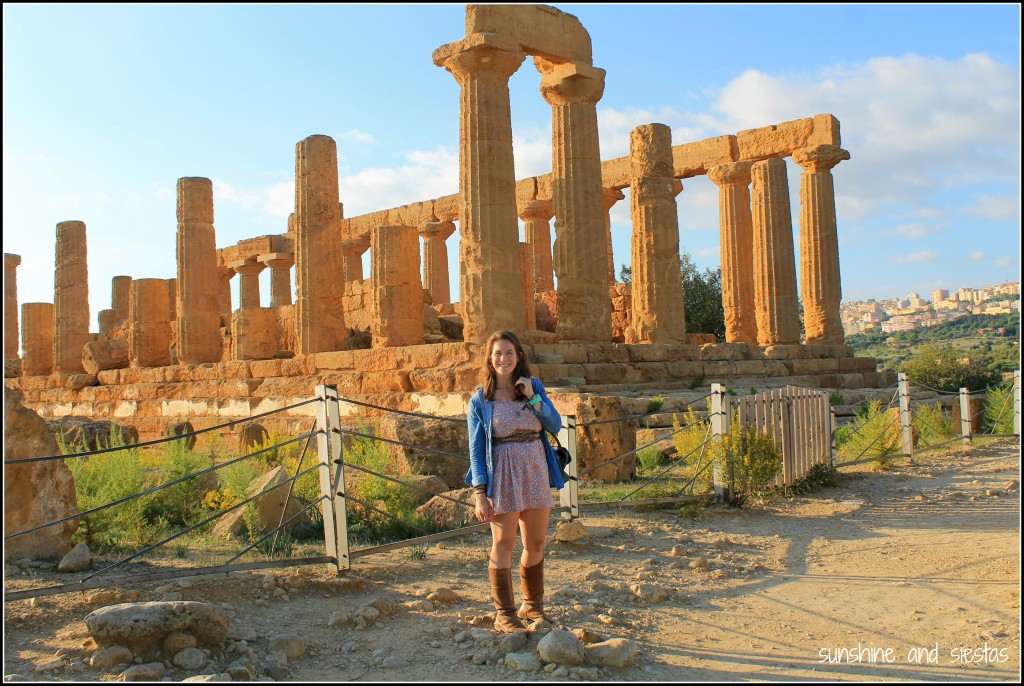
We got the payback the following day: first with my no gasoline coasting, and then in Acitrezza when we couldn’t find a place to eat, much less have a beer with a view. We ended up at a self-service bar with overcooked pasta. You win, Sicily.
Much like the south of Spain, Southern Italy is its own place. It’s more rugged, more of a challenge. But it’s delicious and sensual and downright different to most of the other places tourists flock to. I’d love to make a trip back – if only because I didn’t get to eat nearly enough.
Have you ever been to Sicily? What did you like about it? Check out my Bobby Pin map of the places I saw (and where I ate) in Western Sicily for more!
